 Abraham Lincoln
If given the truth, the people can be depended upon to meet any national crisis...
Abraham Lincoln
If given the truth, the people can be depended upon to meet any national crisis...
 Guildford news...
for Guildford people, brought to you by Guildford reporters - Guildford's own news service
Guildford news...
for Guildford people, brought to you by Guildford reporters - Guildford's own news service
Birdwatcher’s Diary No.135
Published on: 21 May, 2017
Updated on: 21 May, 2017
By Malcolm Fincham
”Making hay while the sun shines” is certainly the theme most apt for my latest report. Unfortunately spending as much time as available to scout the countryside left me short on time to ”waffle” in depth with my exploits over the last few weeks.
A synopsis, however, will be applauded by the many who just enjoy looking at recent photos taken in areas they may possibly recognise.
Despite the continuing cool theme to the weather, the bank holiday weekend leading into the month of May opened the door to a few new sightings to add to nature’s calendar, or at least a few more additions to mine.
Just before the month was out, on April 29 I took an evening walk on Whitmoor Common. On previous recent visits I had seen a common whitethroat, linnets and willow warblers, to name a few.
This time I was delighted to hear the sound of a cuckoo. Although not so confiding as the one on Thursley Common I wrote about in my previous report.
A walk with my daughter a few days later in the area surrounding Triggs Lock near Sutton Green, produced a few interesting sightings too.
First, a goldcrest singing from a bush, close to the footpath.
Near the lock gates I spotted an unusual sight of a bat out flying in daylight. It appeared to be hunting insects just above a hedgerow. A determined attempt to photograph it eventually produced some reasonable record shots.
On posting a few of my pictures pictures to fellow wildlife watcher Derek, for his superior knowledge, he kindly responded: ”I posted a cropped copy of the pictures on ukbatworkers Facebook page and everyone agrees that it looks like a serotine, especially in view of the fact that the end of the tail appears to extend beyond the tail membrane.
“If it was quite big, (difficult to assess in flight but bigger than a sparrow) then that clinches it. The pipistrelles look like a scaled-down serotine. They are much smaller but although they are so small they can look biggish in flight.
” A pipistrelle would have a dashing, fluttery flight with lots of sudden changes of direction, making them as difficult to photograph in flight as a dragonfly.”
Having not shown Derek some of my dragonfly pictures, I remain open to opinion?
With the continuation of dry weather, a walk along the public footpath leading to Send Church was an easier one to negotiate, without getting my wet feet.
Allowing me photos of a common whitethroat. And reed buntings as we walked across the meadows.
The regular sighting there of a common buzzard as it glided by just below the tree line, before soaring up high into the thermals of the blue sky.
Now hatching from the river were a few Mayflies.
A few banded demoiselles had also started to emerge over the water.
These seemed to be attracting the attention of a hobby as it hunted back and forth along the quiet backwaters of the River Wey.
A rare day of rain during the first week of May coincided with foolish optimism. Bob, Dougal and I decided we should still venture out to the Chiddingfold woods as we were expecting the rain to disperse.
Apart from a soaking, it did pay off as we found a solitary, bedraggled wood white butterfly as it attempted to shelter under a bramble leaf.
The wood white, once a common and widespread butterfly across the southern half of the UK, has been in sharp decline over the past century. It is now found only in a few scattered colonies where vetches discretely grow in sheltered areas of tall grassland.
A few days later, and with dry conditions returning, we visited Witley Common, still on the trail of emerging early butterflies. We added several sightings of the small heath species.
A few green-veined whites.
And even a single sighting of a grizzled skipper.
I was also able to get my first photograph of a garden warbler this year.
With good friend Dougal keen on his ”year listing of wildlife” the following day, May 7, with the addition of Bob, we revisited Staines Reservoir (see previous report).
Welcomed by the sight of a kestrel perched on overhead wires as we parked up, we made our way on to the gantry.
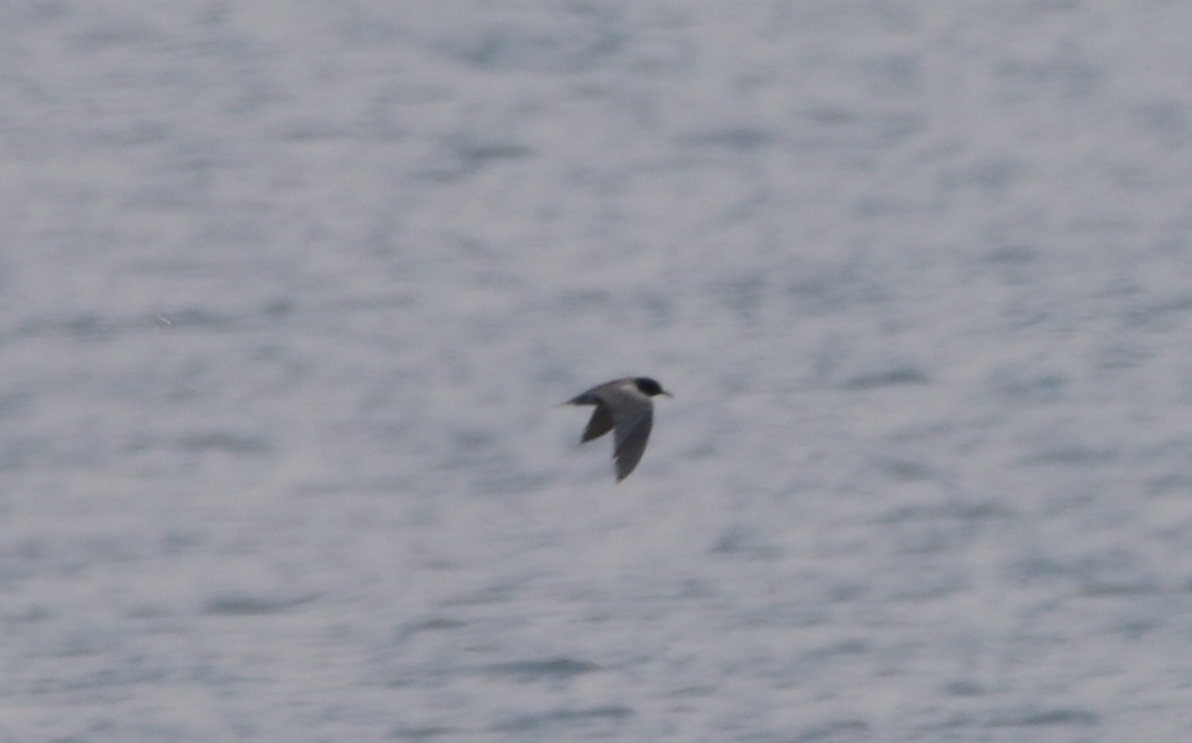
Black tern unmistakable during the breeding season when it displays a distinctive dark plumage from which it is named.
Across the south basin we were able to add the sighting of two black terns.
Several common terns as well as an Arctic tern.
And even a solitary yellow wagtail to our lists of ”year” sightings.
A common sandpiper flew out from the water’s edge just below us.
As we walked along the gantry we saw a turnstone, less bothered by our presence, looked rather dapper in its summer coat.
And a large number of swifts feeding over the water.
With time to spare we also visited Staines Moor.
A pair of red kites flew low overhead. One calling incessantly, while being mobbed by a crow.
While the second posed nicely for my camera.
I also got some better pictures of common terns than the ones I had seen previously at the reservoir.
Catching a combination of shots as they hovered over the stream.
Then plunging into the water catching small fish.
In the warmth of the sun, several butterflies could be seen out on the wing.
Most of which I had seen already this year, they included a few male and female orange tips.
And eventually a photo of a holly blue.
I also managed to get my first common blue sighting and picture of this year.
Weather remaining rather cool, on an overcast May 8 a challenge came my way from Guildford Dragon NEWS writer David Rose who was interested to see for himself some of the species I had seen and reported on recently at Thursley Common.
Having been greeted by the ”ever present” chiffchaff still singing from the same spot it took up several months ago, we also spotted numerous stonechats as we made our way across the boardwalk.
I was able to point out and get a photo of a tree pipit.
A small group of woodlarks flew low, across the footpath. As they camouflaged themselves in the heather, I was able to relocate them and even get a record shot of one.
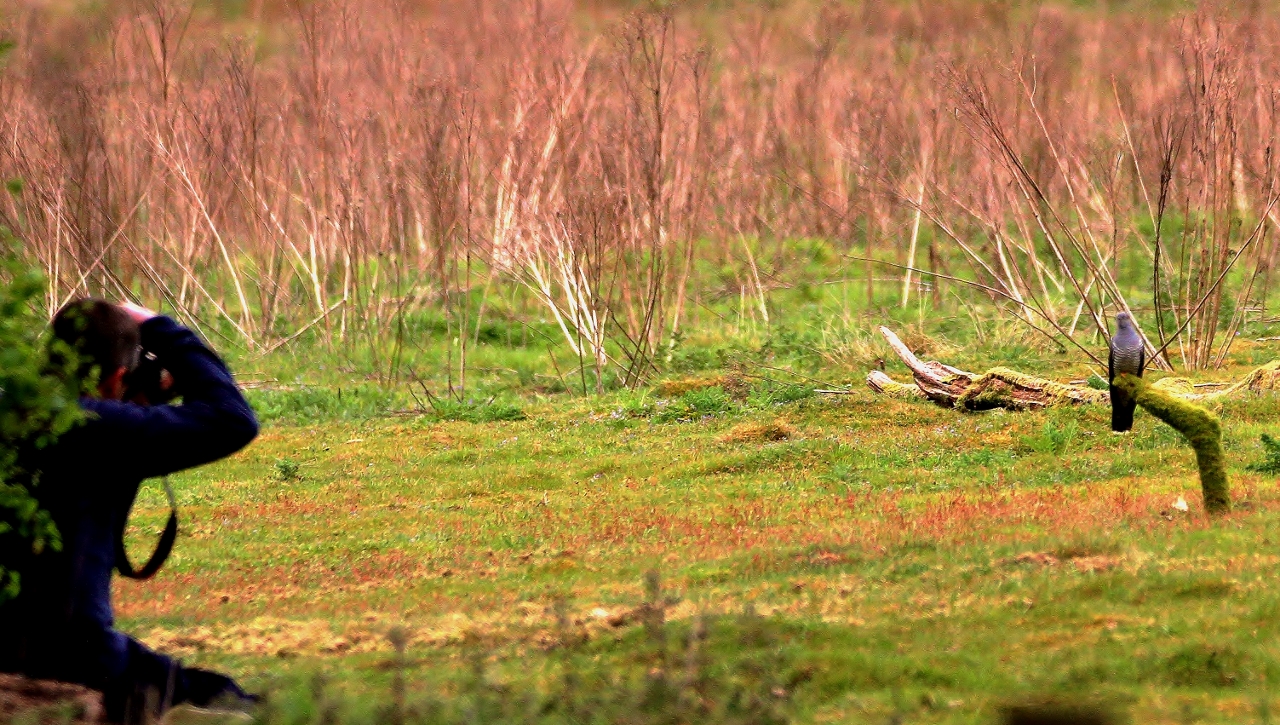
One of the many photogaphers that have come from far and wide to see the confiding cuckoo on Thursley Common.
Arriving at the ”parish field” we noticed a small group of people sheltered under a tree. The paparazzi had already arrived!
In front of them, perched on a short stick was the star of the show.
This cuckoo had now become so famous it was attracting photographers from as far afield as Norfolk, Bristol and South Wales.
For me, I was already more than happy with the pictures I had taken on my previous visit.
However, while quietly “dug in” with the other photographers I grabbed a few shots of both a male and a female stonechat.
And a robin who also posed there.
Just across the field a mistle thrush ”scratched”around for a meal.
A bonus to our ”day-list”, as we made our return across the heathland was a Dartford warbler, perched and posing proudly on a gorse bush.
The following day an invite from Bob took me in the direction of Portsmouth and a leisurely stroll around a bright and sunny Farlington Marshes.
A plethora of goodies there included:
Godwits and grey plovers out on the main lagoon.
A pair of avocets could also be seen.
Several pairs of bearded tits, popping their heads over the reed beds, and frustratingly challenging to photograph.
A kestrel winging past us at pace.
Out in the field, a single wheatear had safely arrived from its epic journey back from Africa.
A doading of shelducks made their way down into one of the smaller lagoons that hadn’t dried up.
While two shelducks took flight, eventually flying overhead and out to sea.
In the sky above the field, one of several skylarks sang.
While in the area known as ”the deeps”, three gadwall took flight.
Among the various ducks and waders there a pair of common terns could be seen resting on one of the small islands.
Linnets could be seen and heard in small flocks among the brambles and hedgerows around the reserve.
The incoming tide rapidly rising in Langstone Harbour, pushed a few waders closer to view. These included a curlew.
And a whimbrel.
By the time we had neared the end of our stroll along the seawall, the tide was high.
Similar to the tide, so was I, at the sight of two little terns, making their way toward us, tucked in close to the seawall.
Having spent their winter in West Africa and migrated to the UK to breed.
The little tern is a fast flyer with rapid, flickering wing-beats and it can be seen hovering before diving.
The Norfolk name for the little tern is ‘Little Pickie’, because the way they skilfully ‘pick’ fish from the sea with their bills. The call is a loud and distinctive creaking noise, sounding, to me, a bit like a squeaky toy.
A perfect end to another pleasant day!
Responses to Birdwatcher’s Diary No.135
Leave a Comment Cancel replyPlease see our comments policy. All comments are moderated and may take time to appear.
Recent Articles
- Guildford Institute’s Crowdfunding Project for Accessible Toilet in its New Community and Wellbeing Centre
- Letter: Guildford – Another Opportunity Missed?
- Letter: GBC’s Corporate Strategy – Where Is the Ambition?
- My Memories of John Mayall at a Ground-breaking Gig in Guildford Nearly Six Decades Ago
- Westborough HMO Plans ‘Losing the Heart of the Street’ Says Resident
- College Invests to Boost Surrey’s Economy and Close Digital Skills Gap
- Community Lottery Brings Big Wins for Local Charities
- GBC Housing Plan Promises ‘A Vibrant Urban Neighbourhood’ Near Town Centre
- Hospital Pillows ‘Shortage’ at the Royal Surrey
- Updated: Caravans Set Up Camp at Ash Manor School


Recent Comments
- Ian Macpherson on Updated: Main Guildford to Godalming Road Closed Until August 1
- Sara Tokunaga on GBC Housing Plan Promises ‘A Vibrant Urban Neighbourhood’ Near Town Centre
- Michael Courtnage on Daily Mail Online Reports Guildford Has Highest-paid Council Officer
- Alan Judge on GBC Housing Plan Promises ‘A Vibrant Urban Neighbourhood’ Near Town Centre
- John Perkins on GBC Housing Plan Promises ‘A Vibrant Urban Neighbourhood’ Near Town Centre
- S Collins on GBC Housing Plan Promises ‘A Vibrant Urban Neighbourhood’ Near Town Centre
Search in Site
Media Gallery
Dragon Interview: Local Artist Leaves Her Mark At One of England’s Most Historic Buildings
January 21, 2023 / No Comment / Read MoreDragon Interview: Lib Dem Planning Chair: ‘Current Policy Doesn’t Work for Local People’
January 19, 2023 / No Comment / Read MoreA3 Tunnel in Guildford ‘Necessary’ for New Homes, Says Guildford’s MP
January 10, 2023 / No Comment / Read More‘Madness’ for London Road Scheme to Go Ahead Against ‘Huge Opposition’, Says SCC Leader
January 6, 2023 / No Comment / Read MoreCouncillor’s Son Starts Campaign for More Consultation on North Street Plan
December 30, 2022 / No Comment / Read MoreCounty Council Climbs Down Over London Road Works – Further ‘Engagement’ Period Announced
December 14, 2022 / No Comment / Read MoreDragon Interview: GBC Reaction to the Government’s Expected Decision to Relax Housing Targets
December 7, 2022 / No Comment / Read MoreHow Can Our Town Centre Businesses Recover? Watch the Shop Front Debate
May 18, 2020 / No Comment / Read More





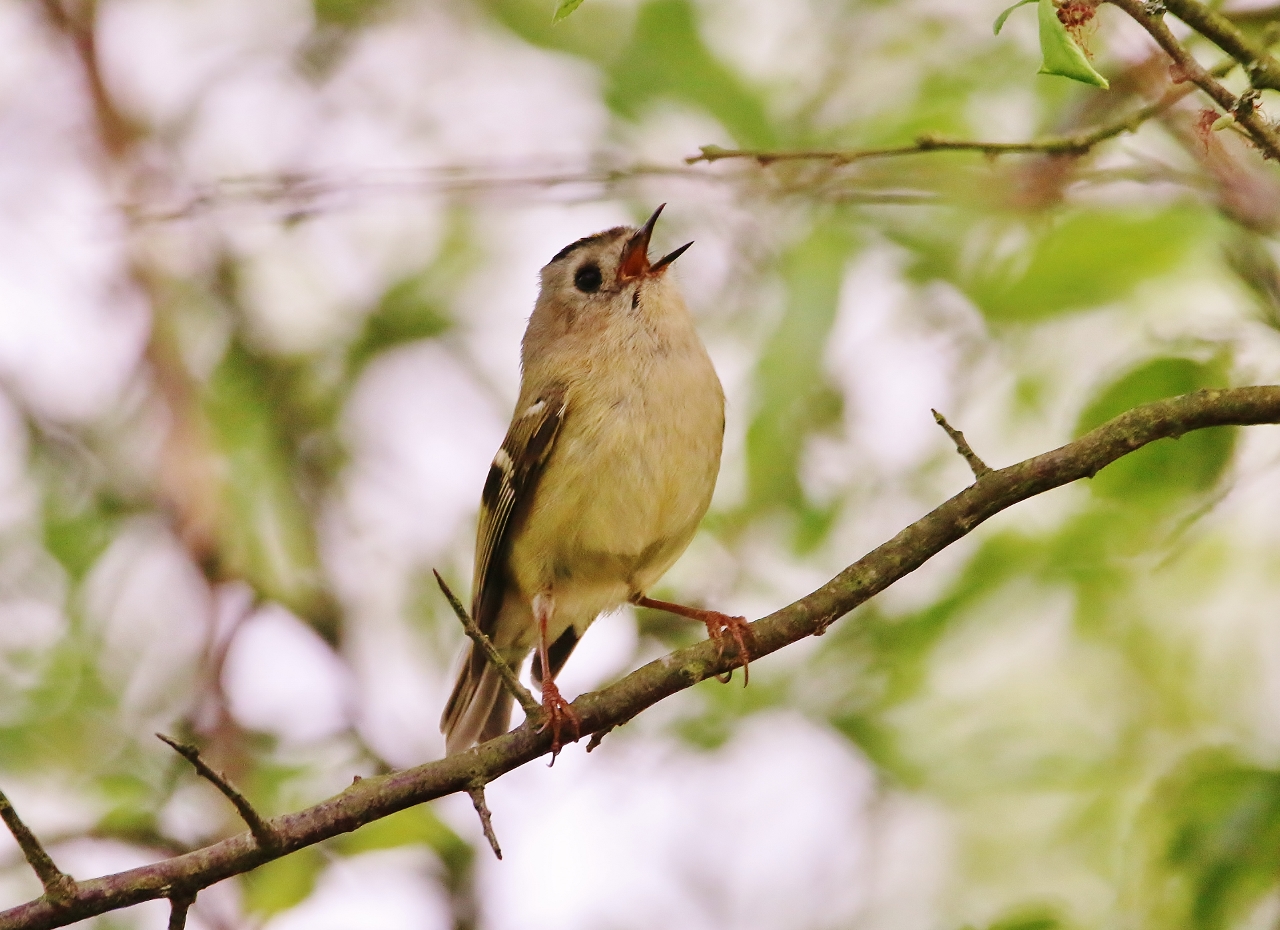

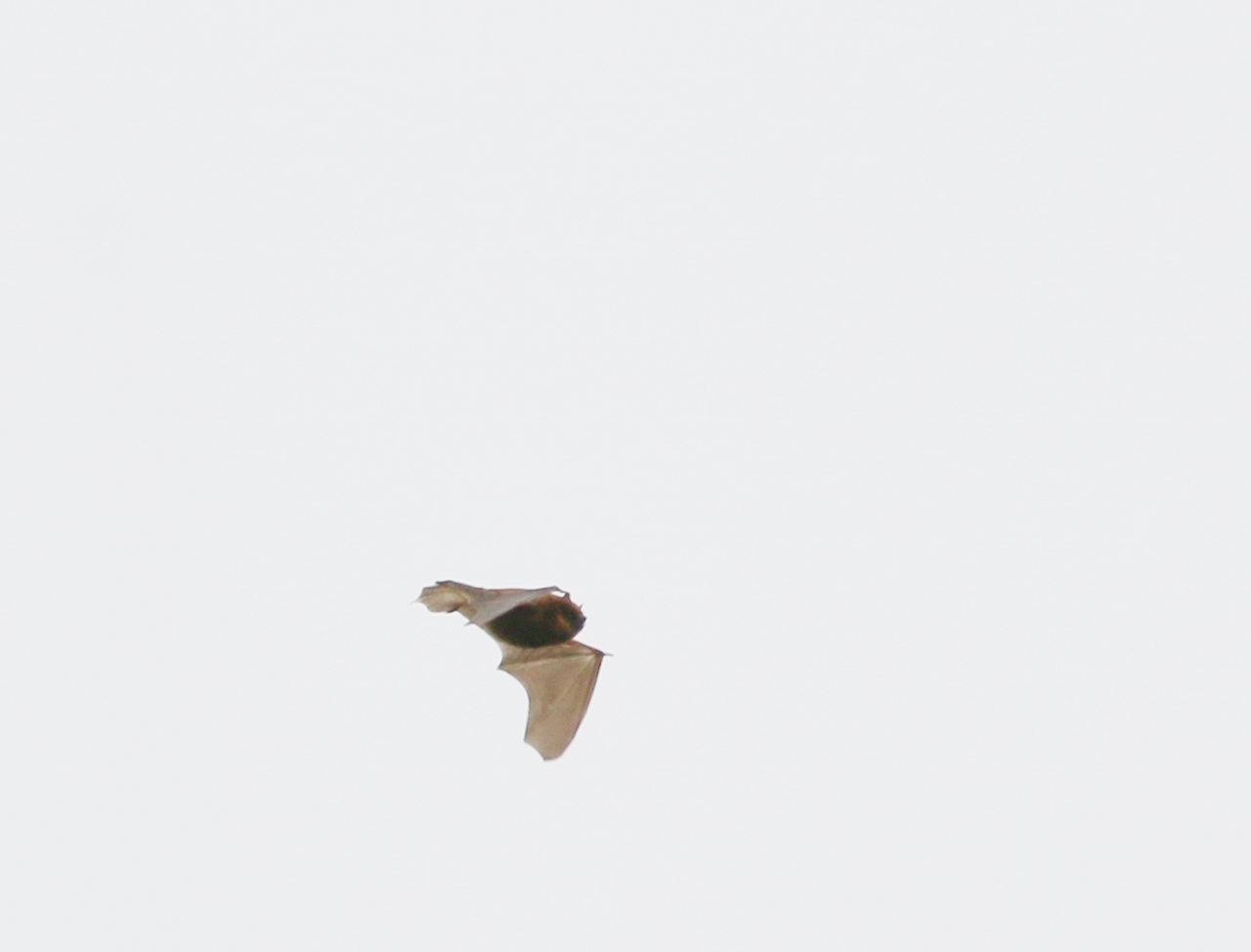
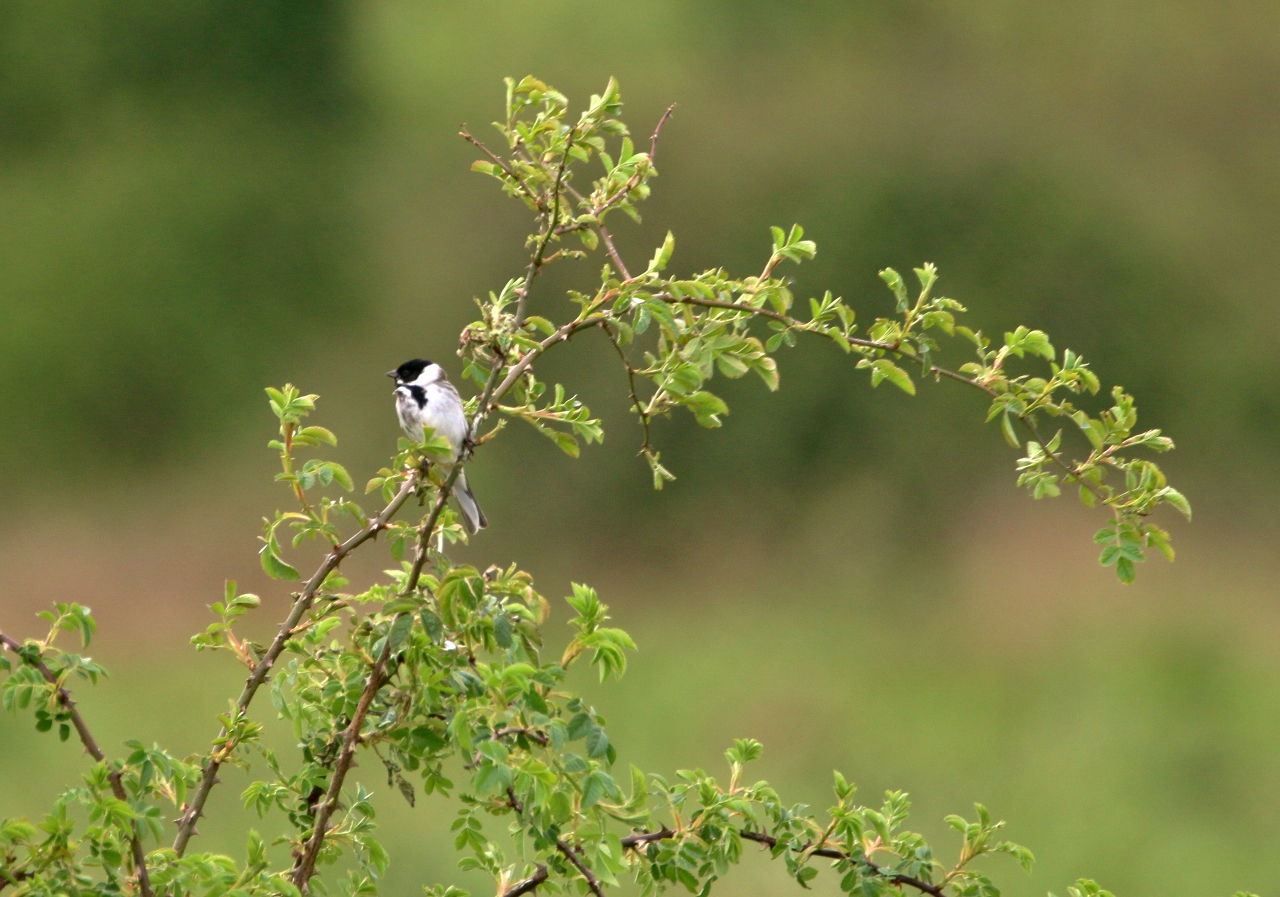

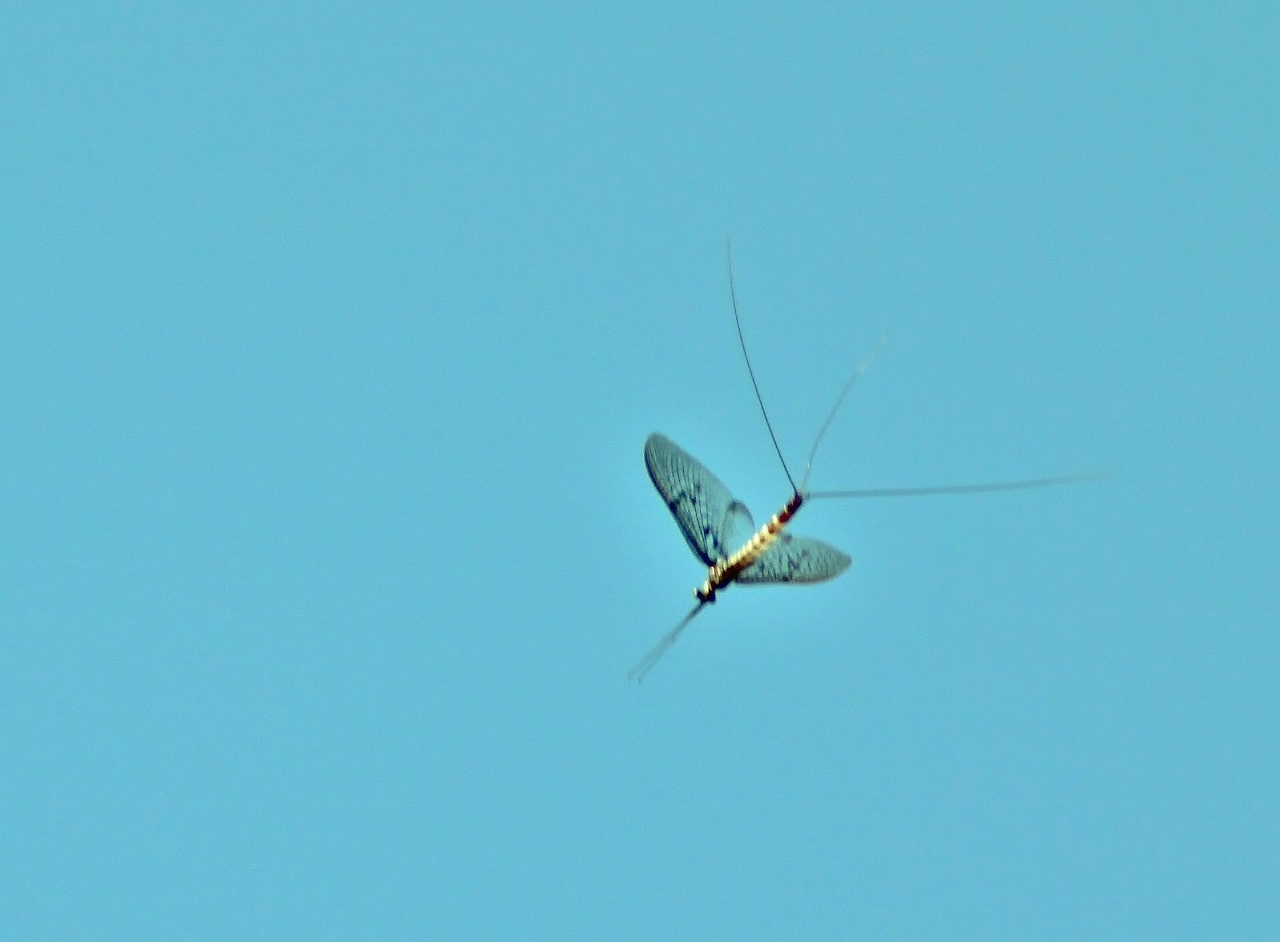
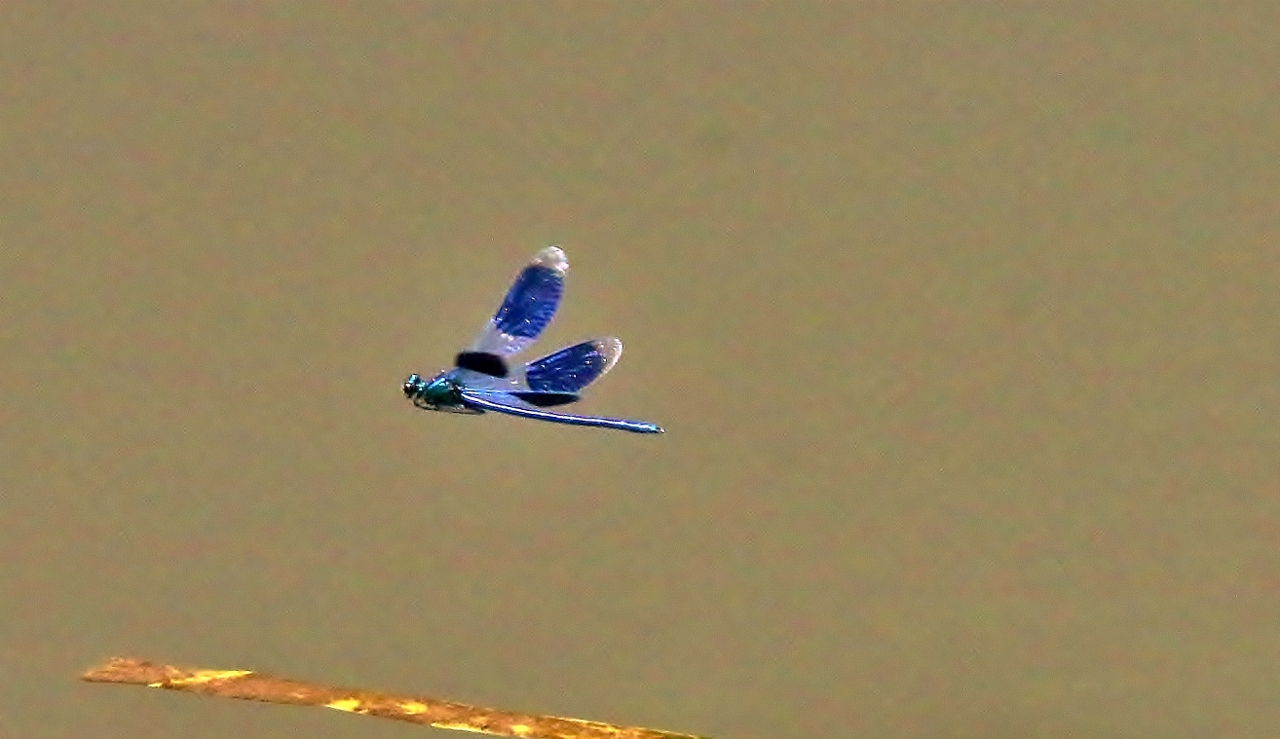
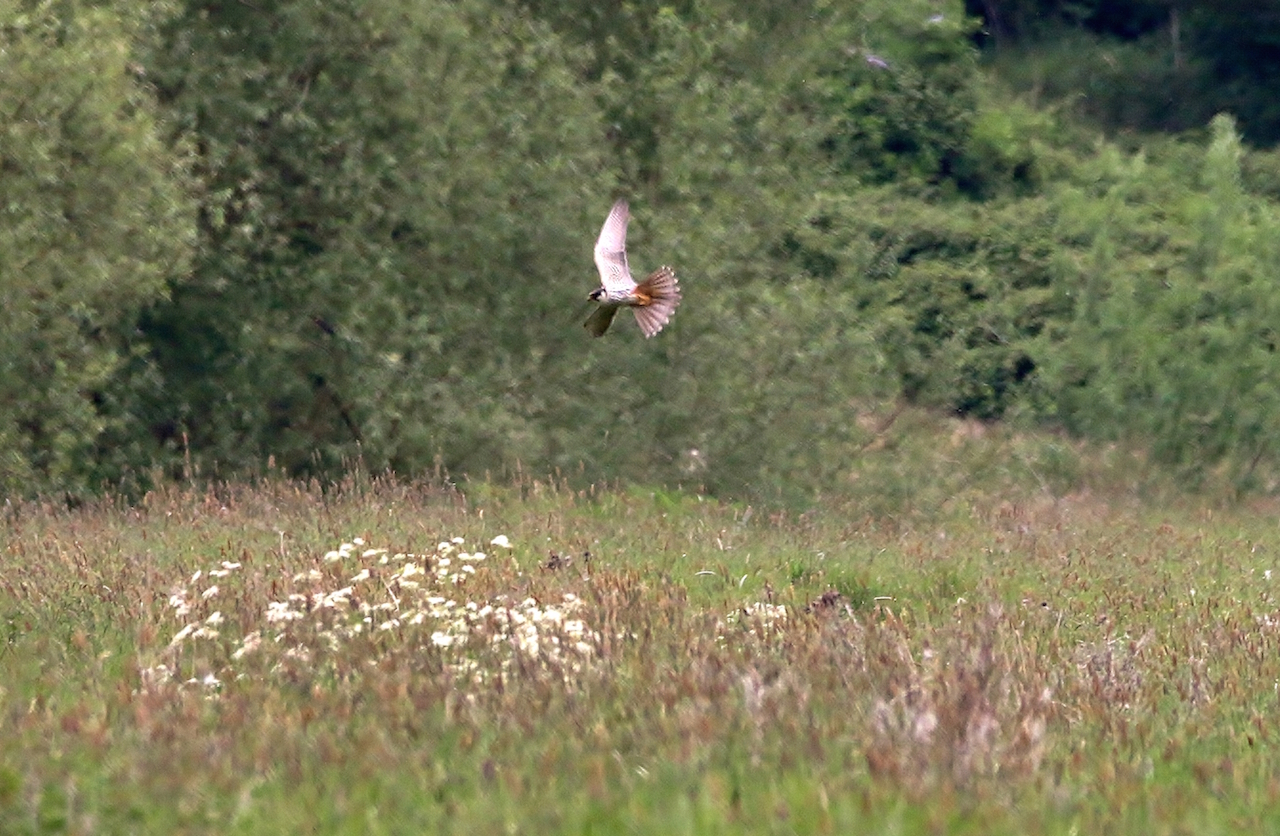
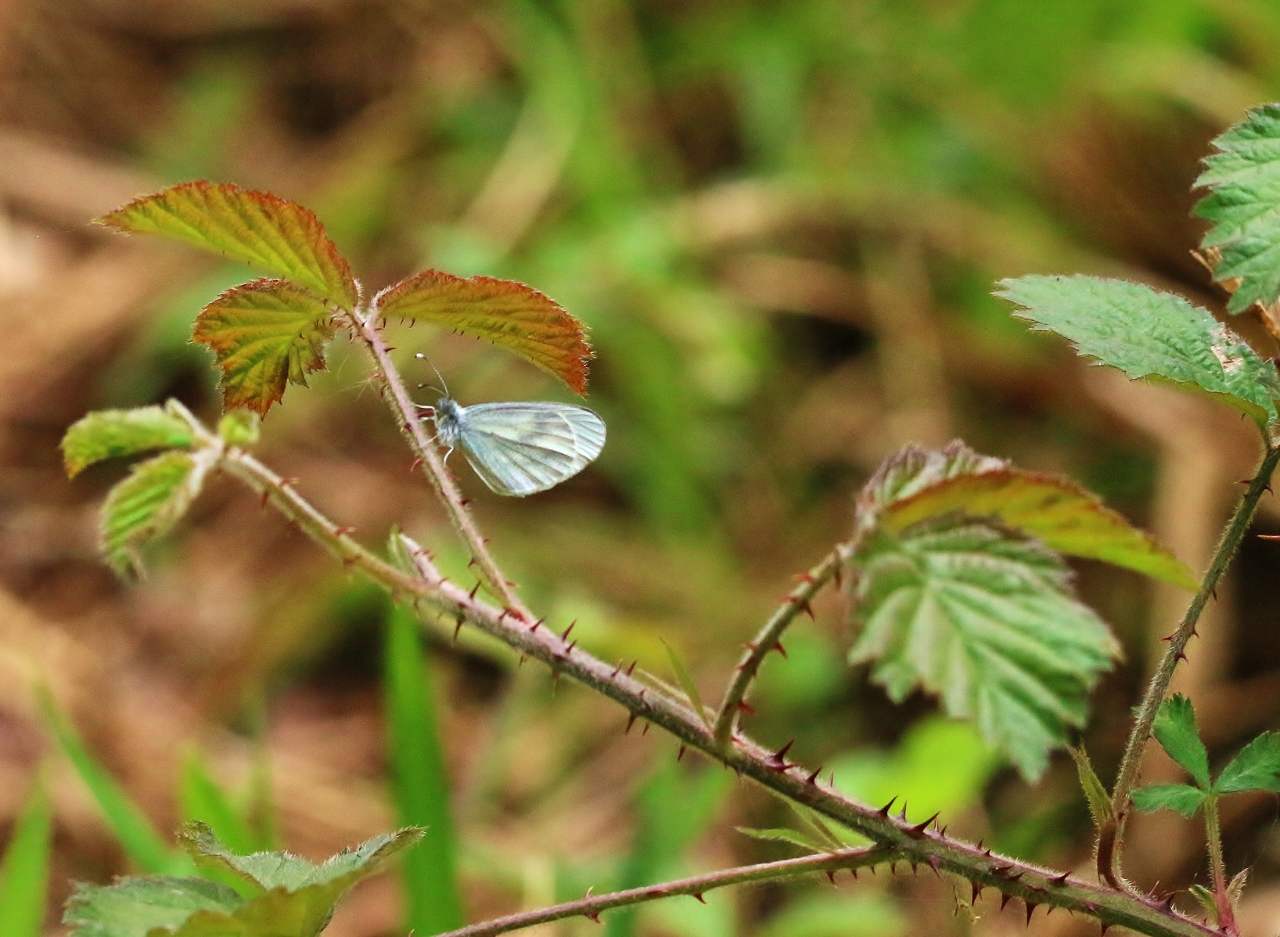

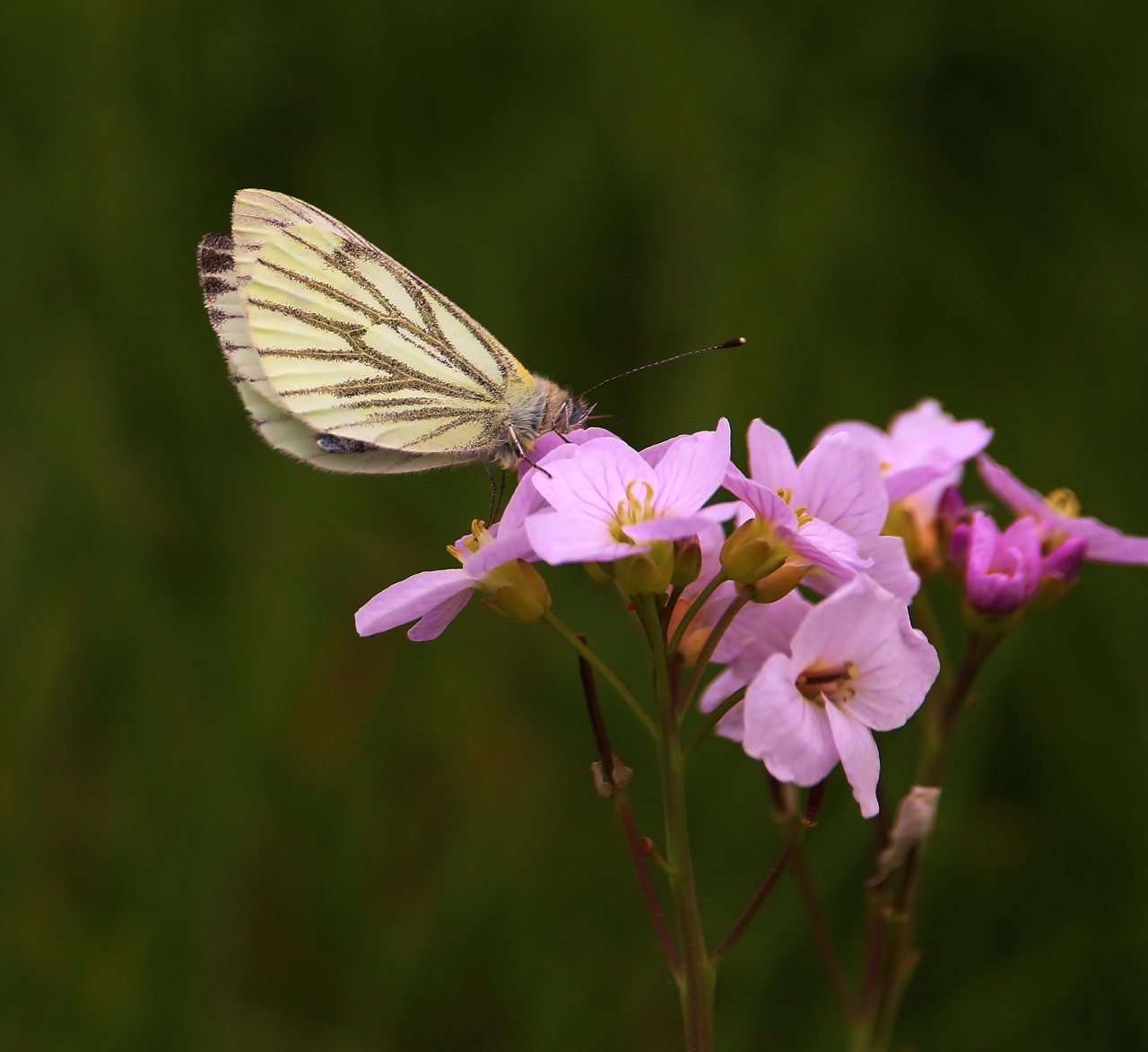
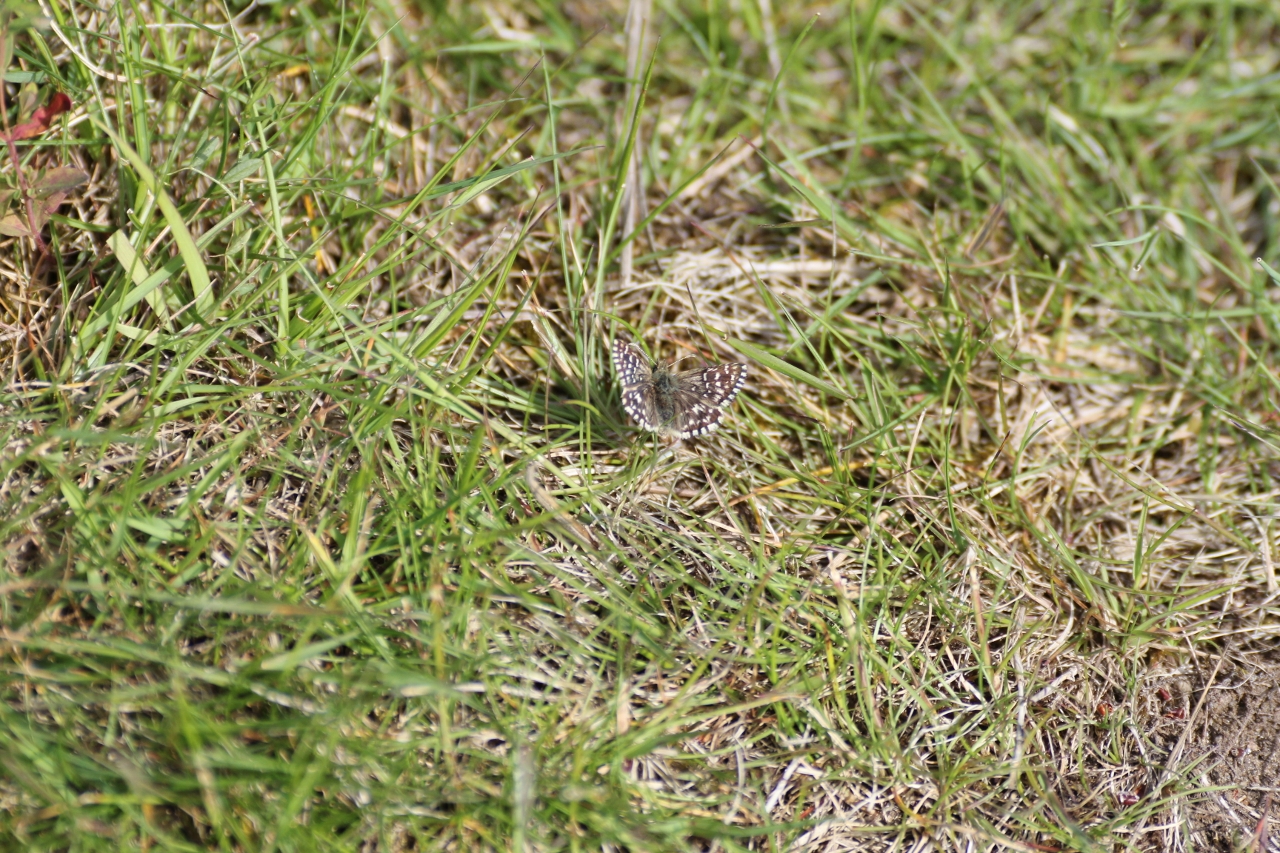
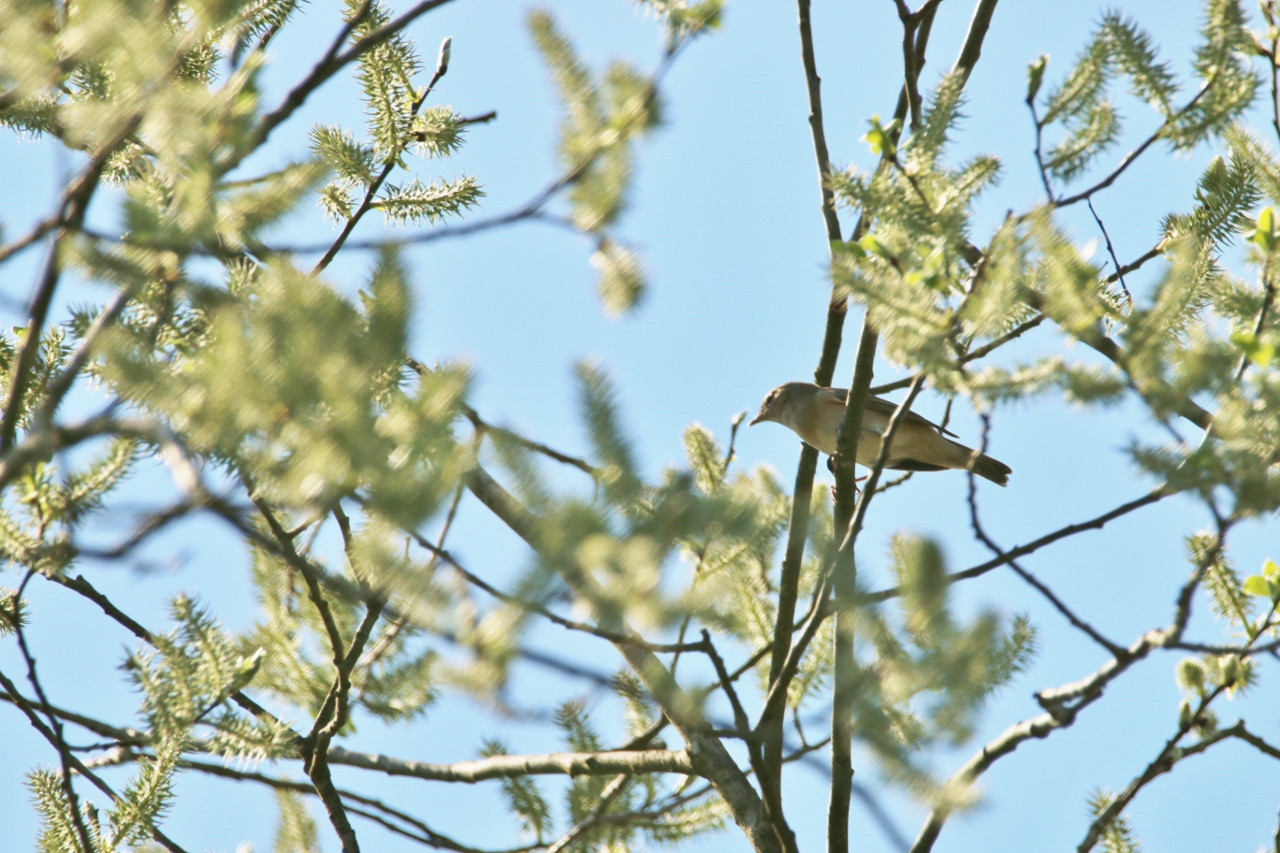
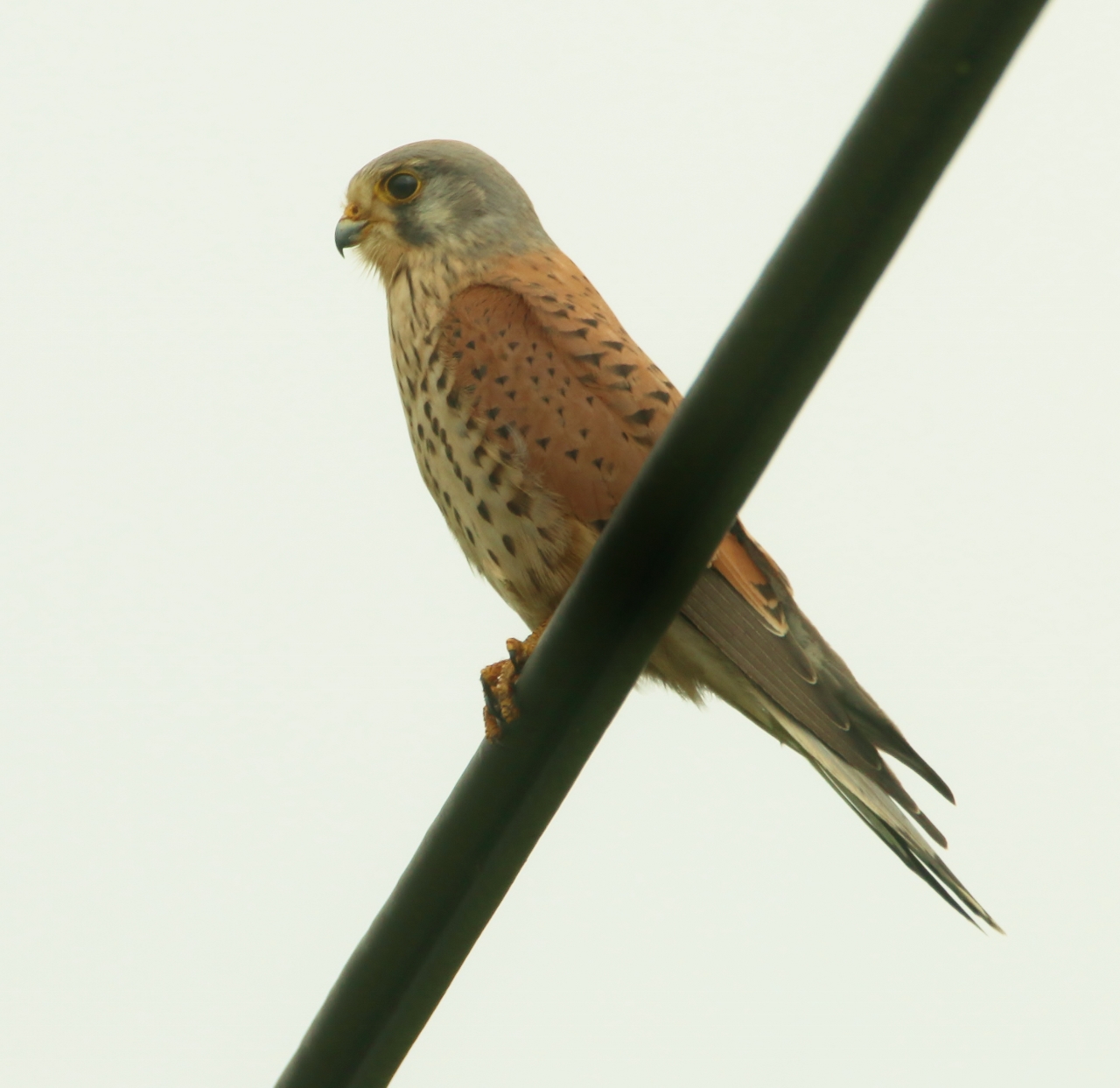
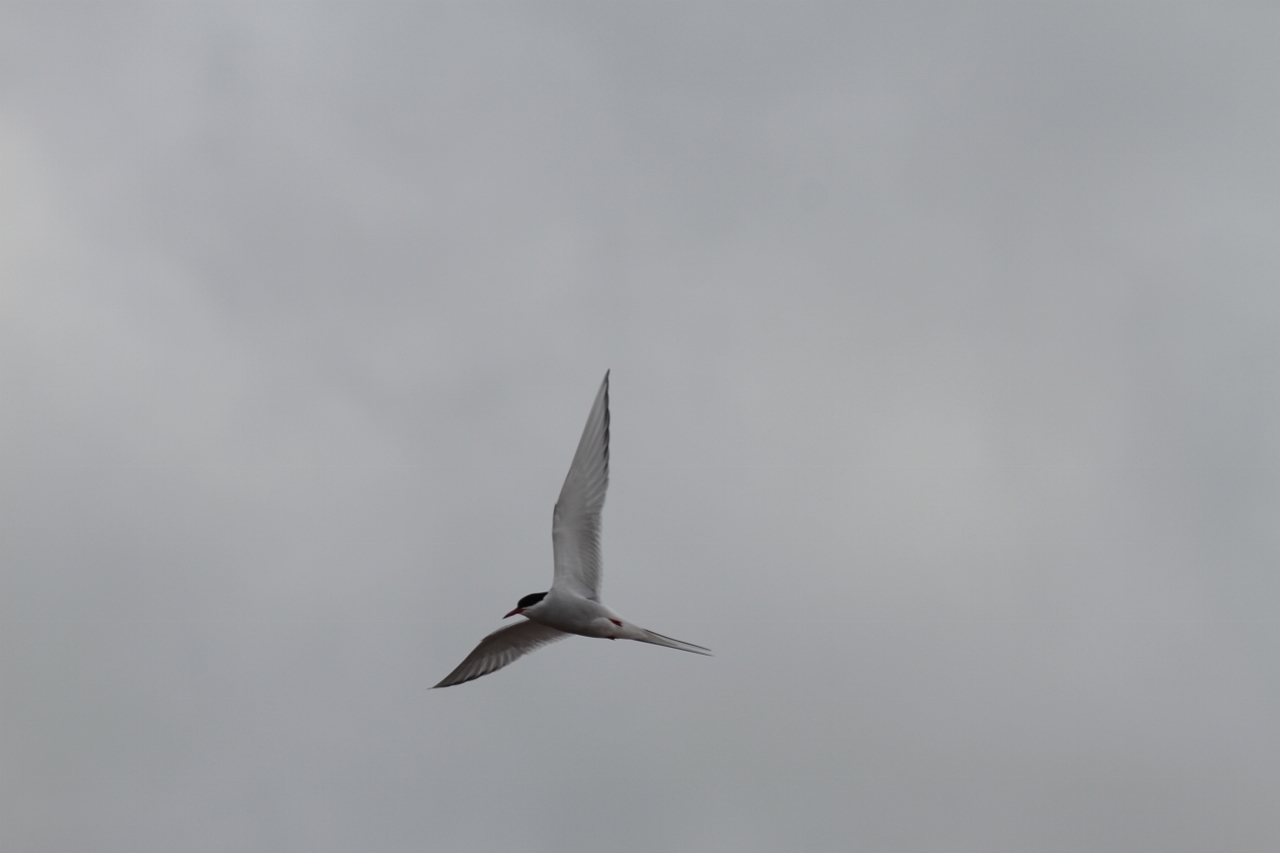
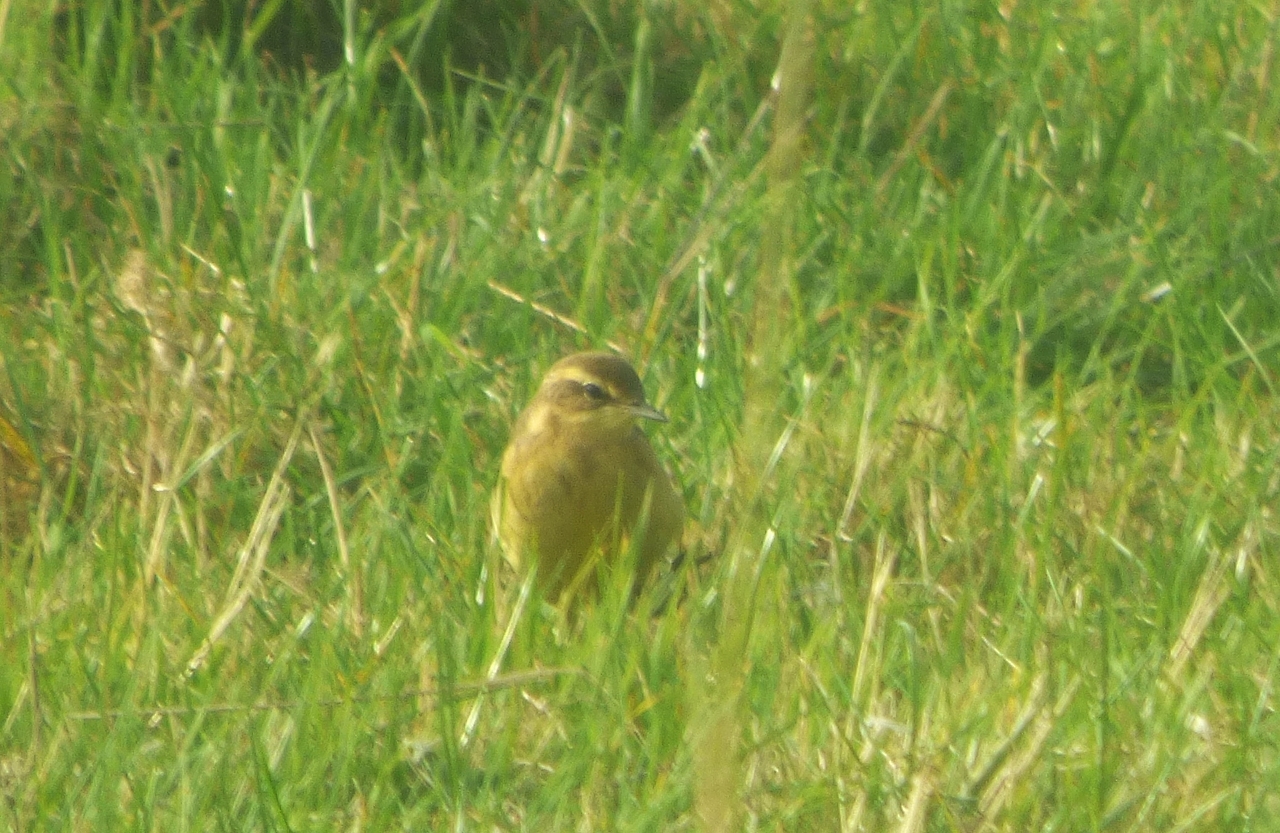
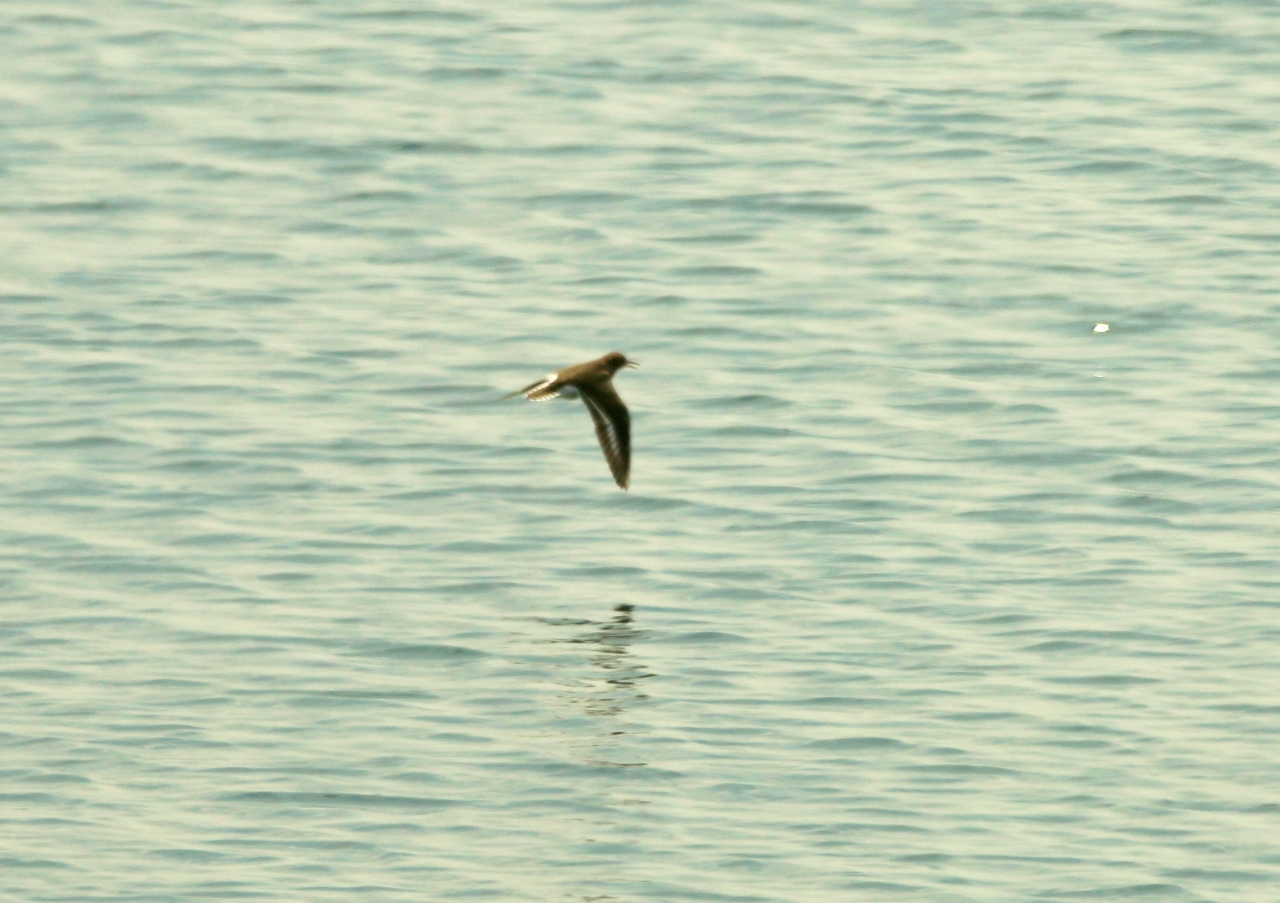
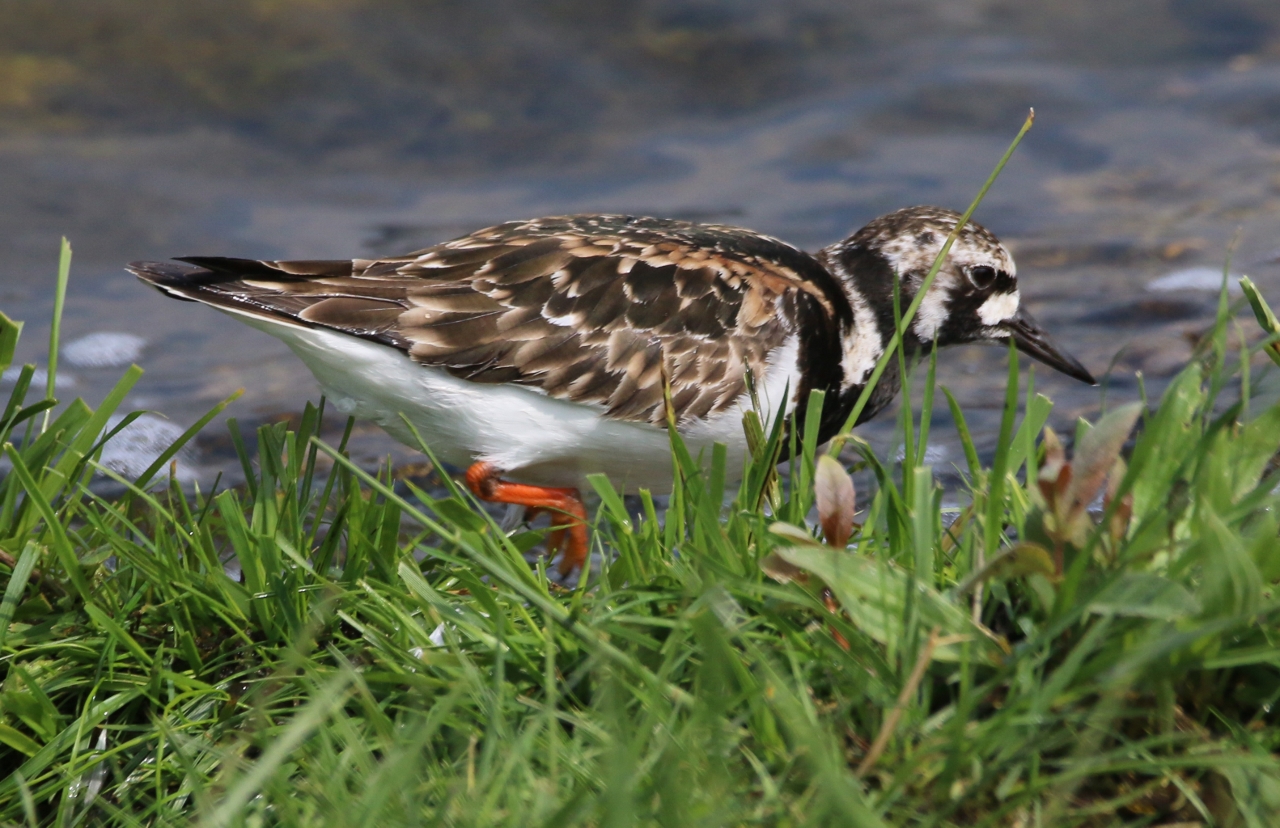
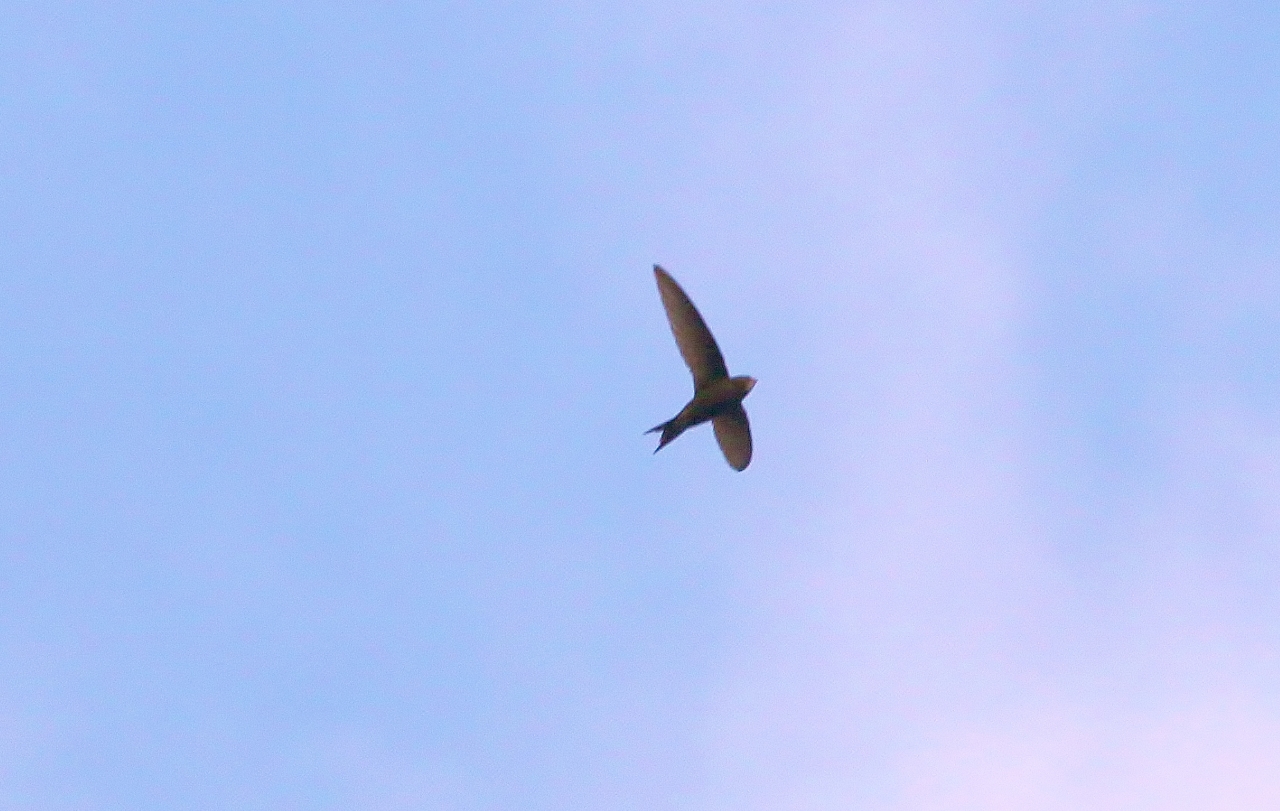
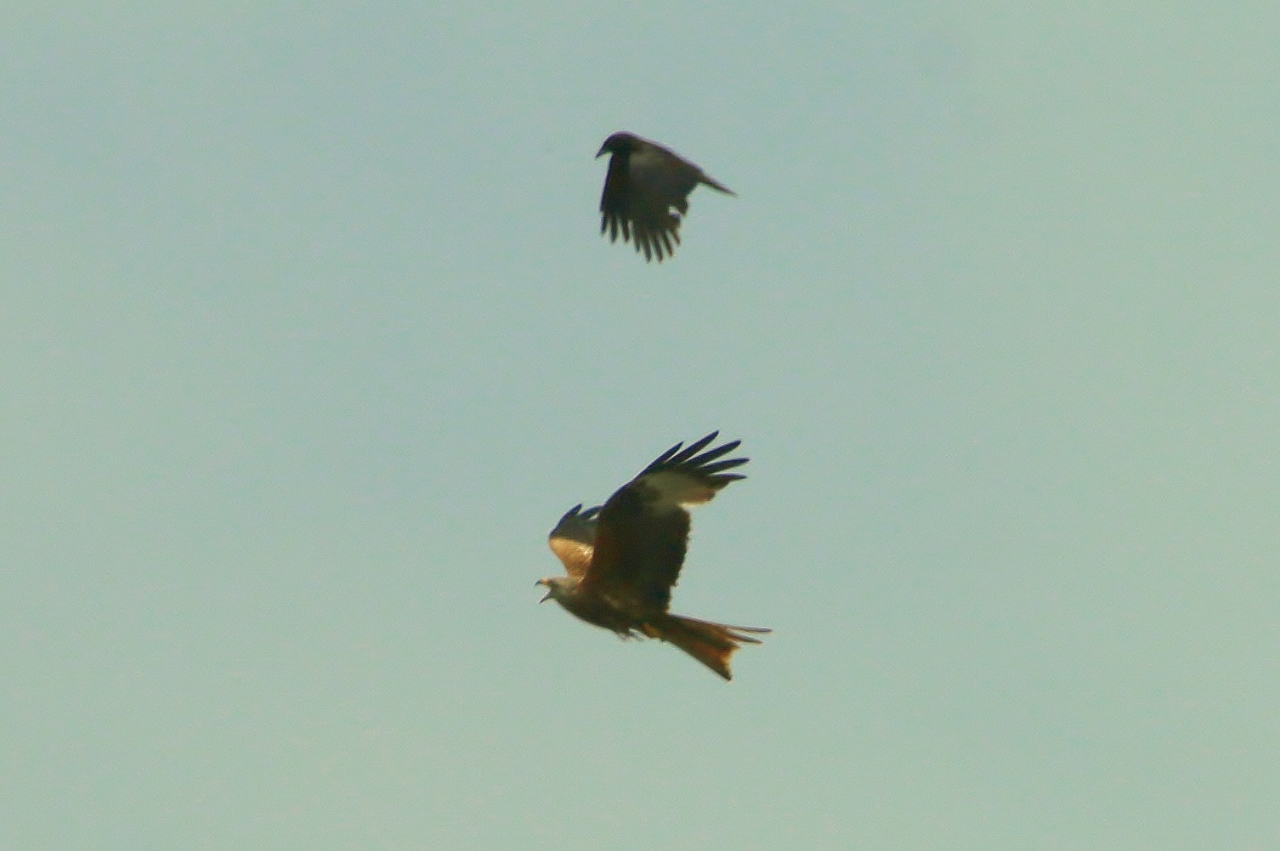
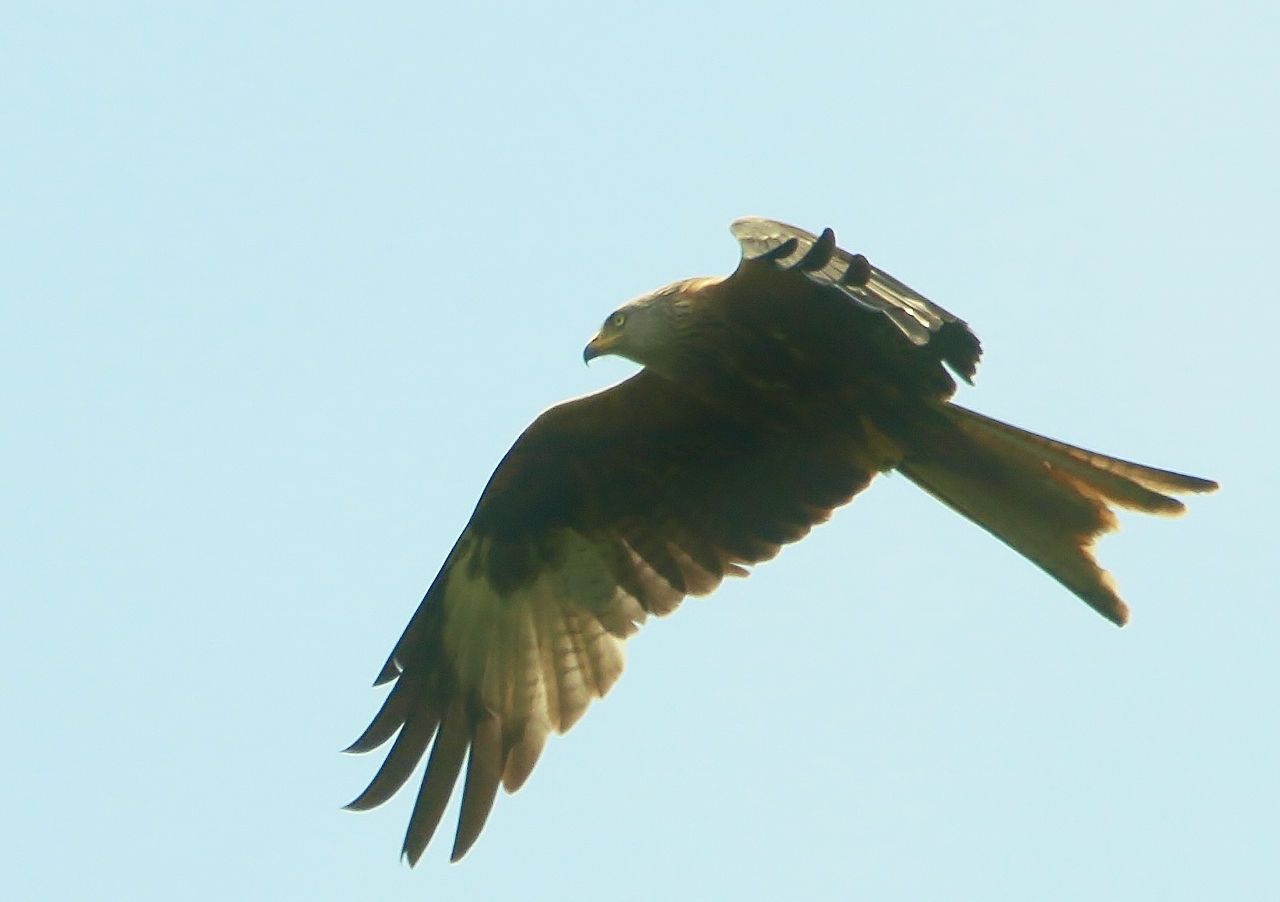
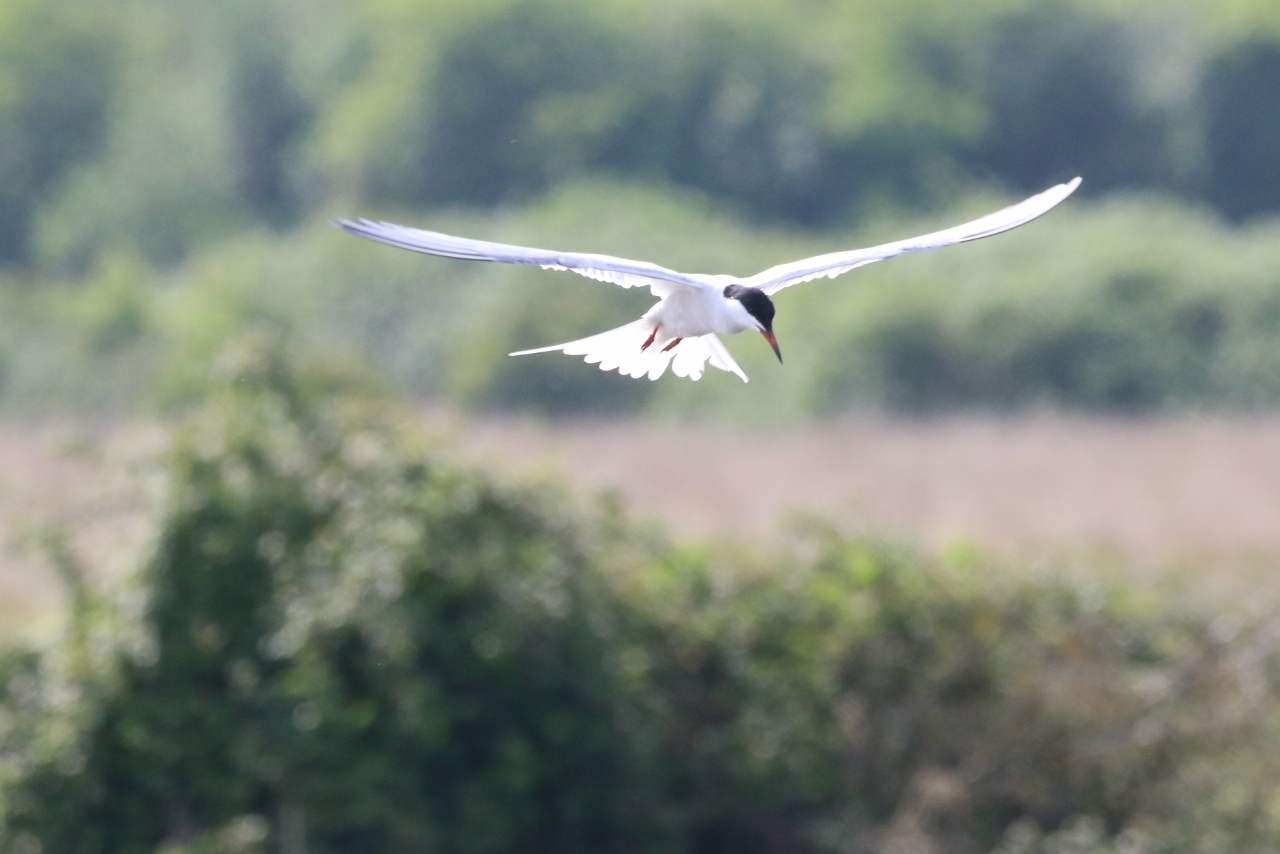
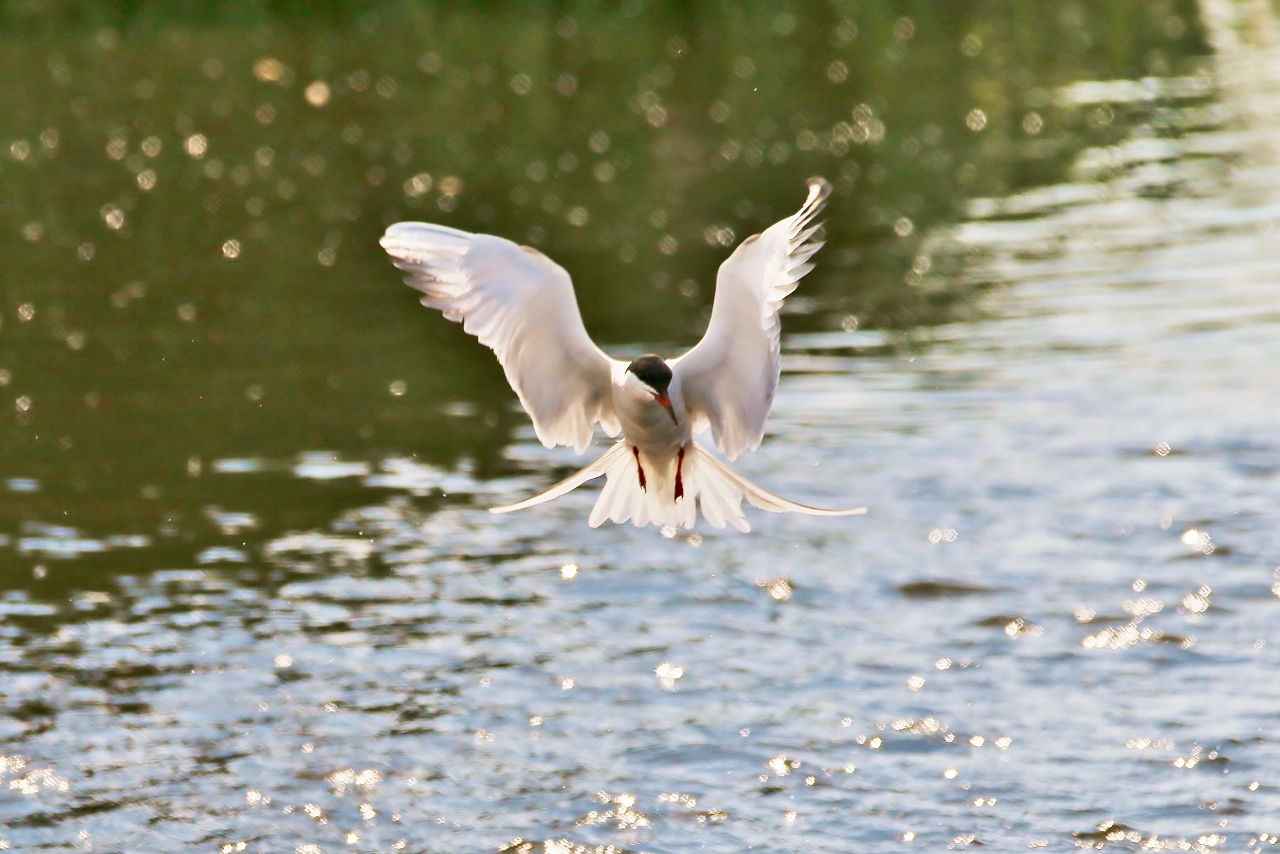
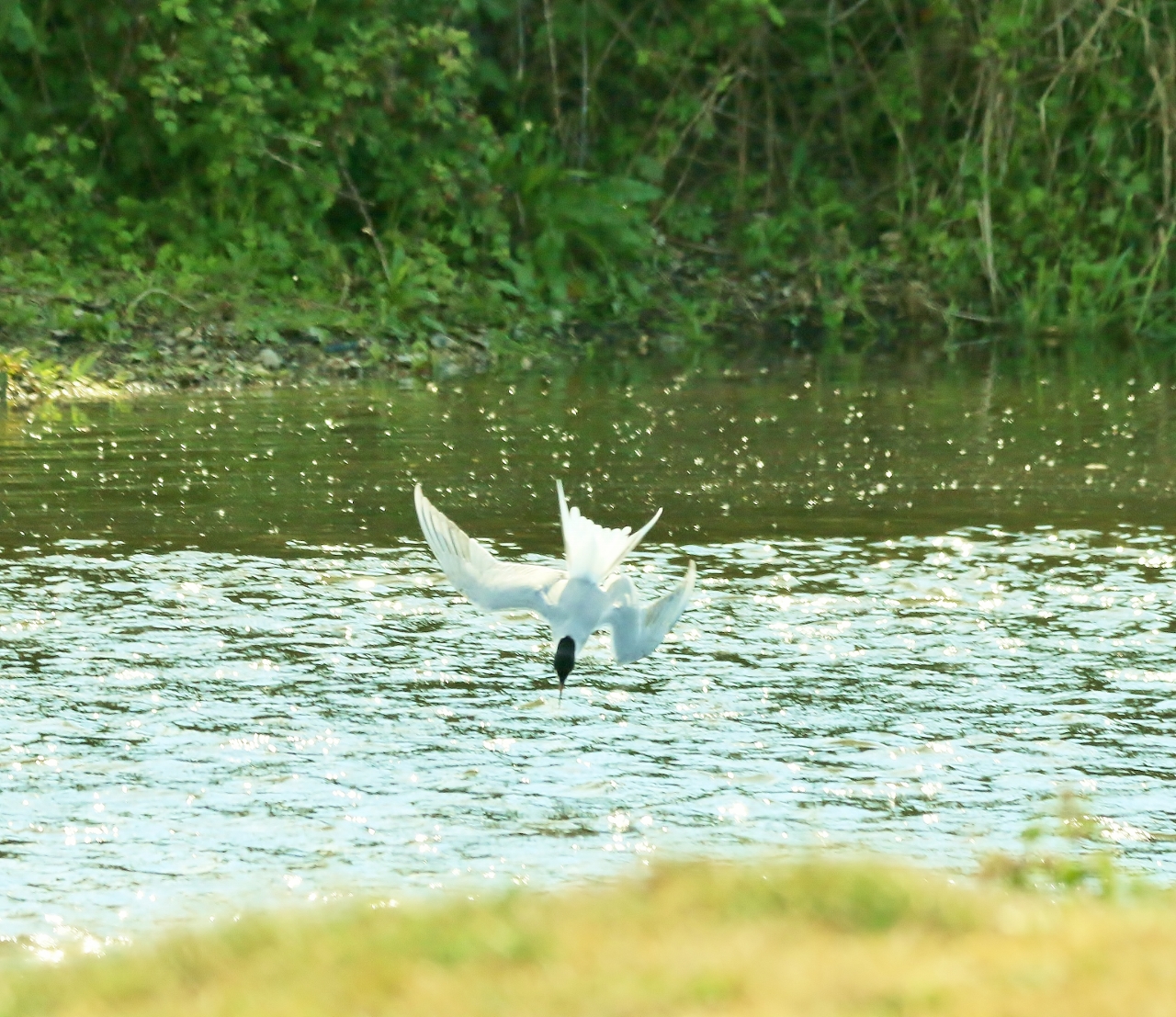
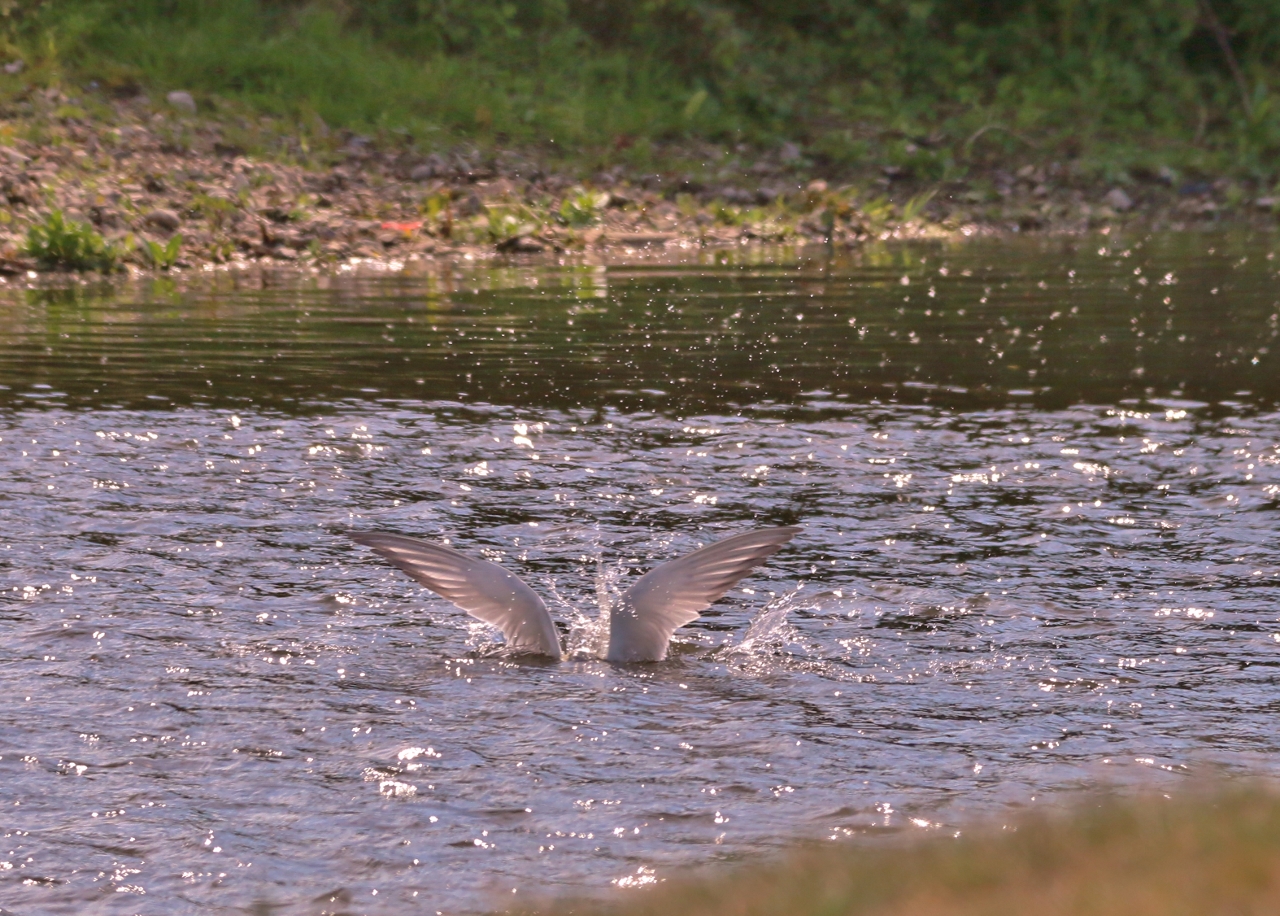
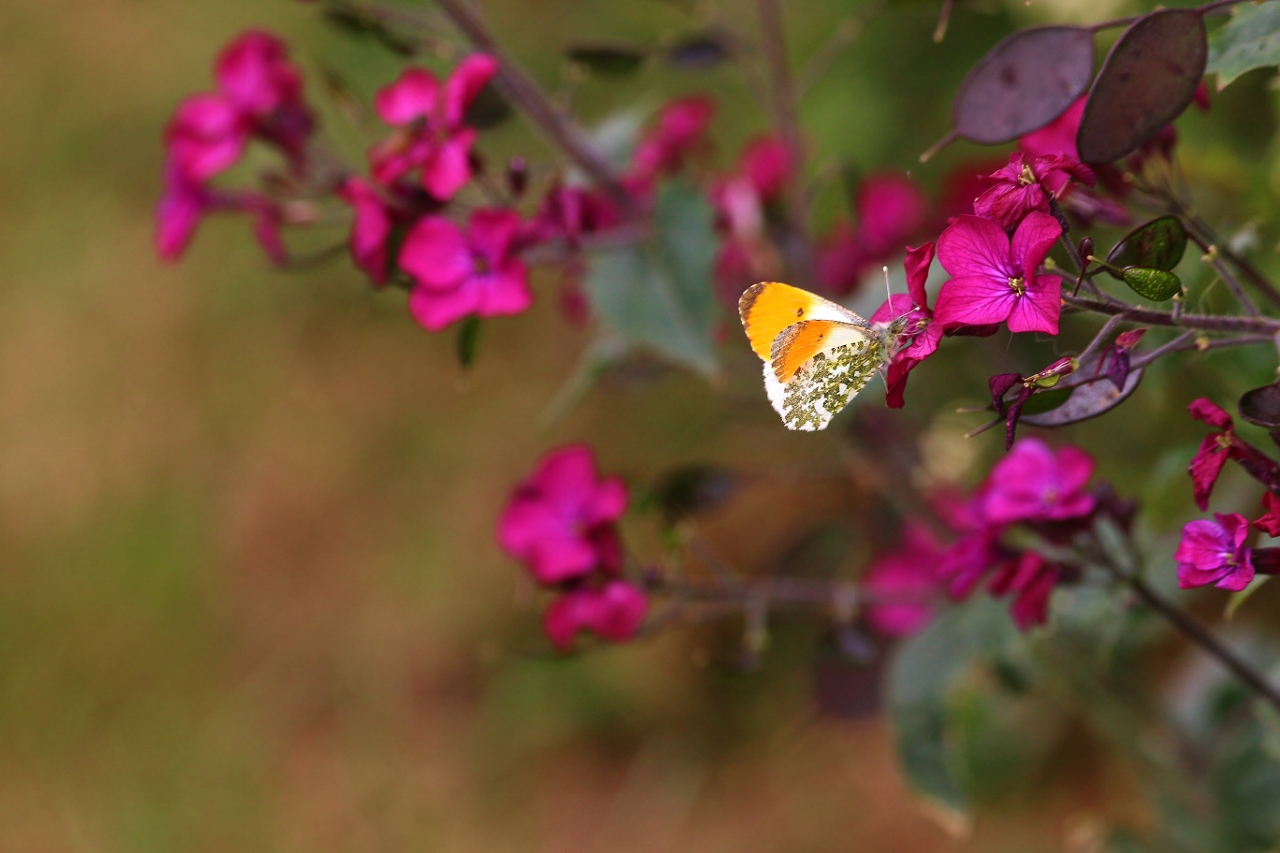
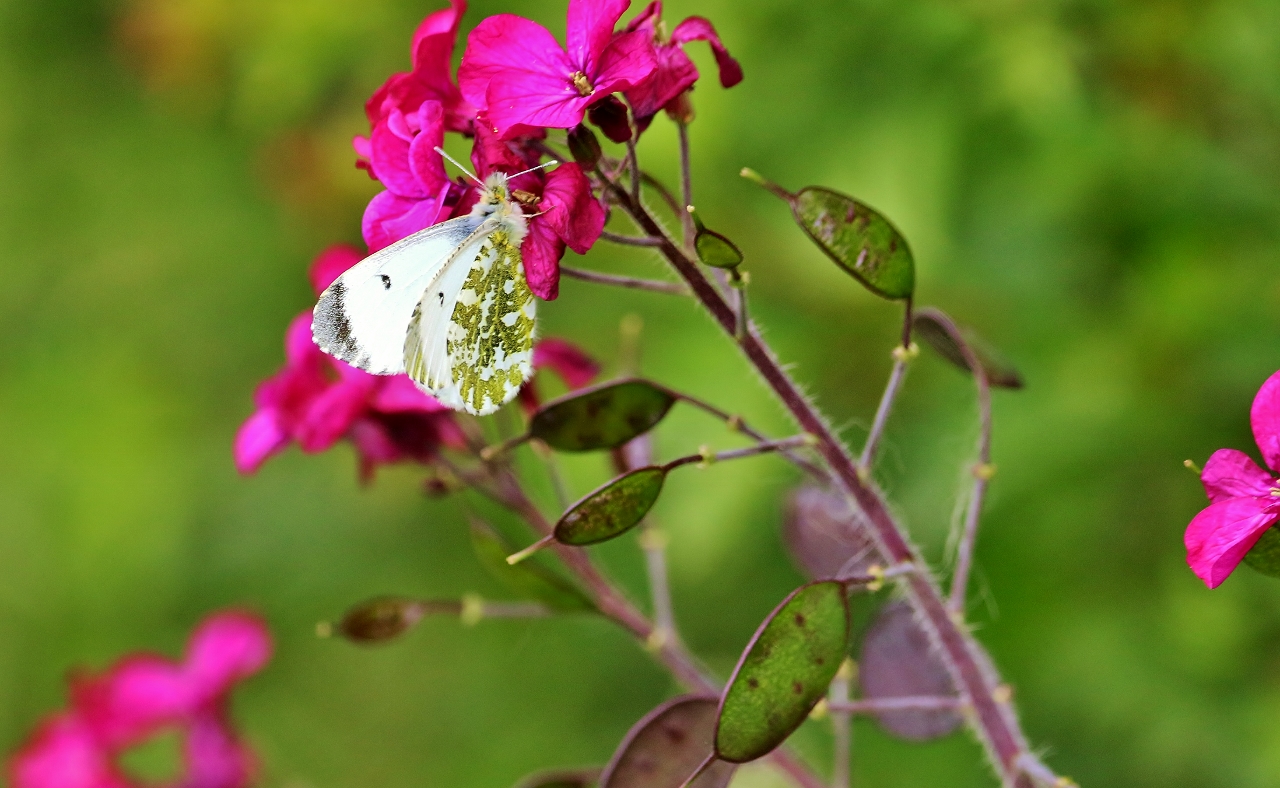

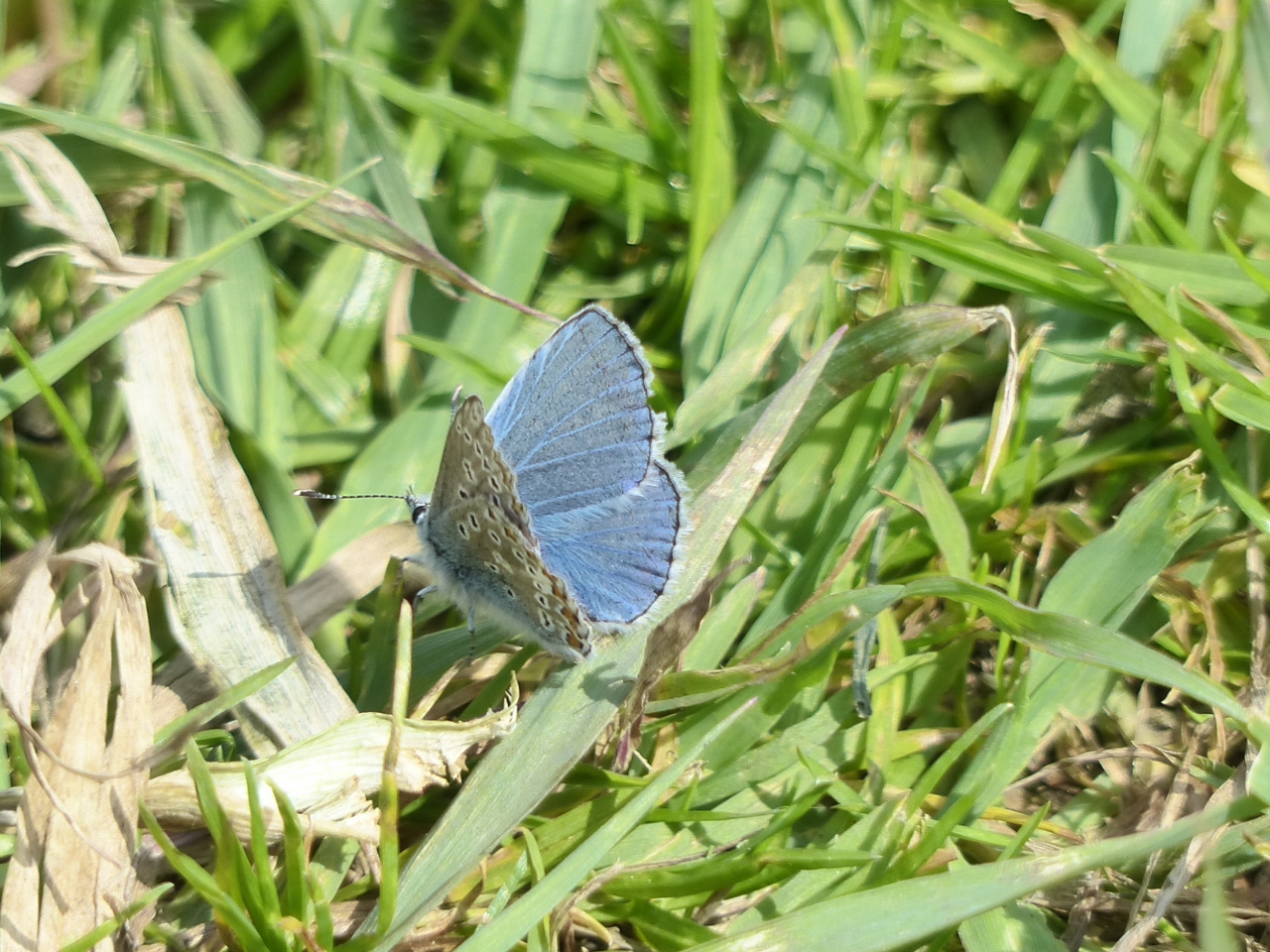
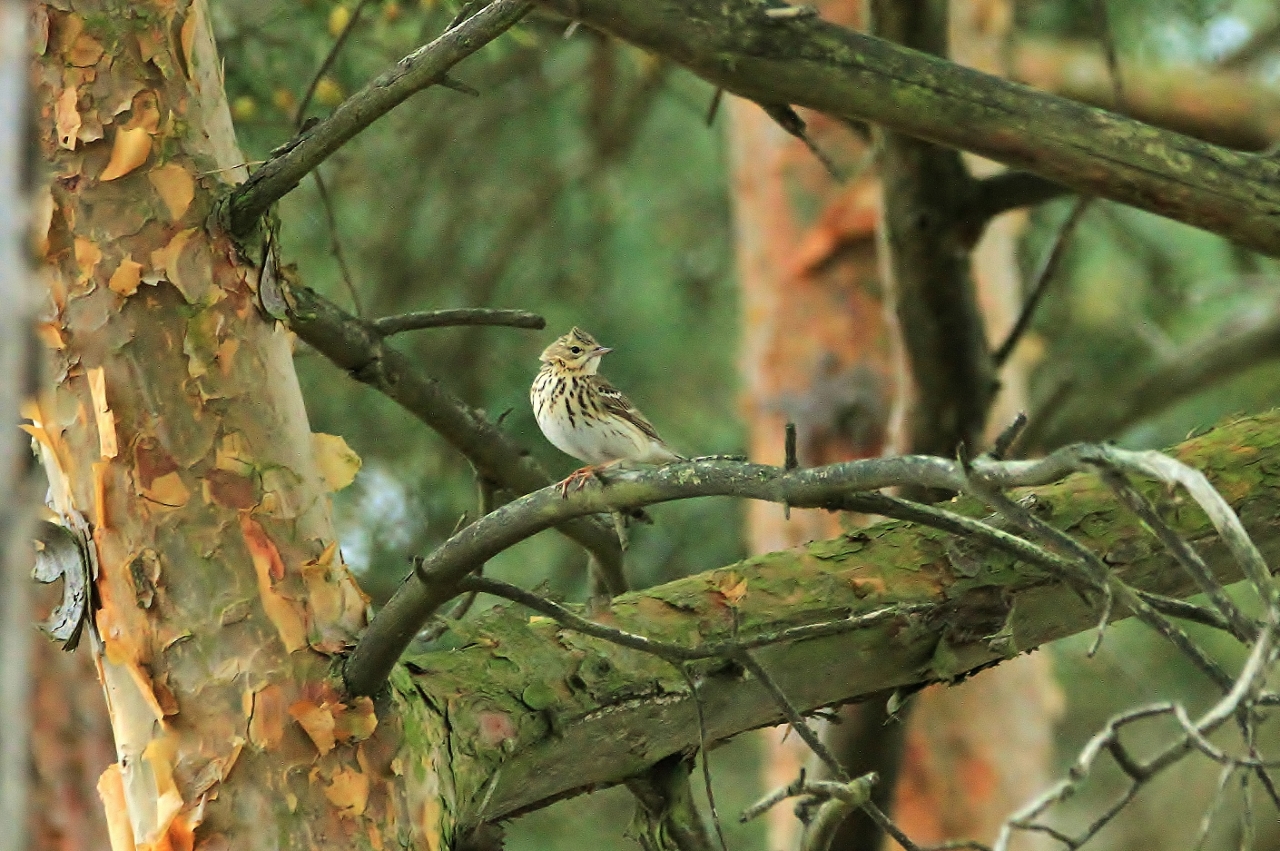
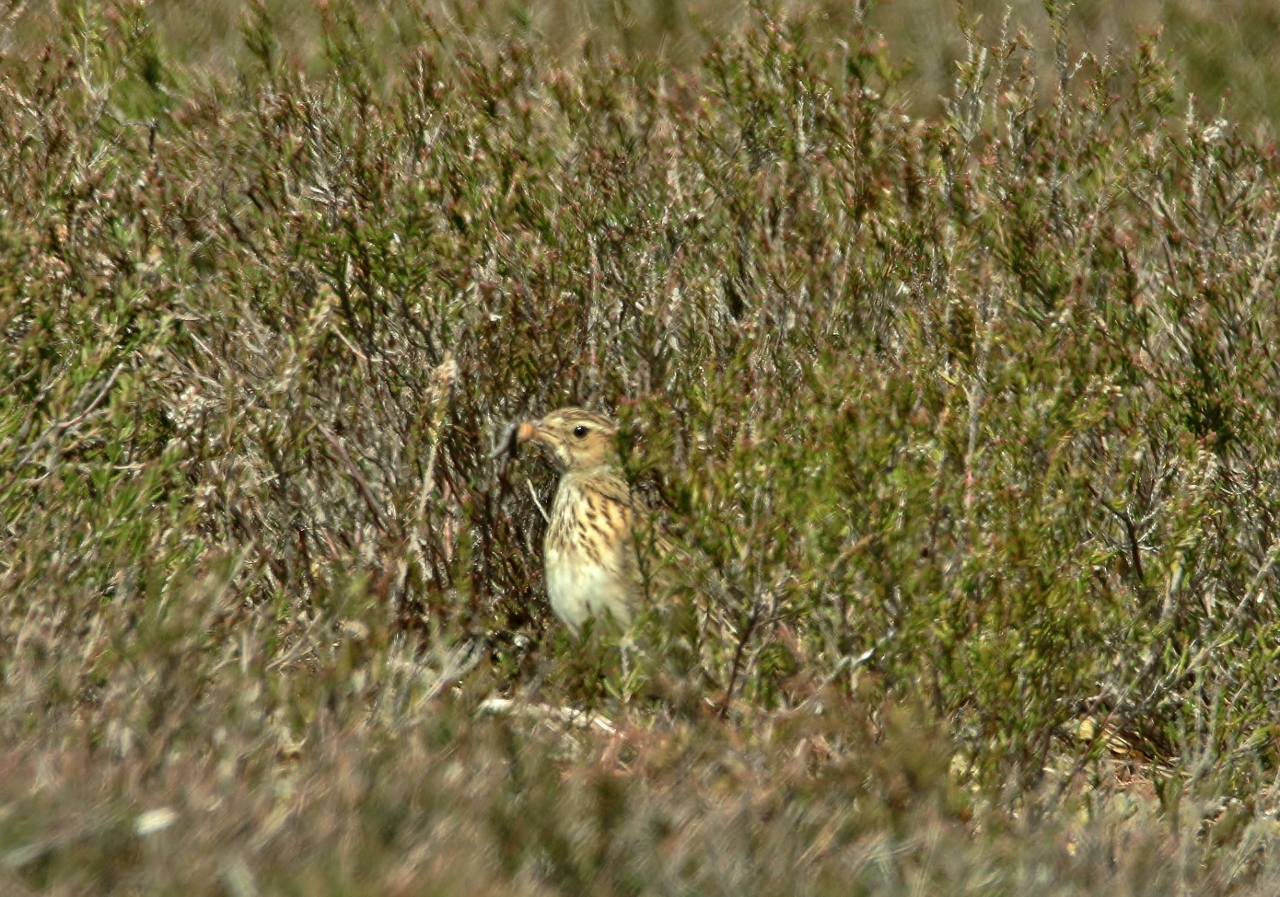
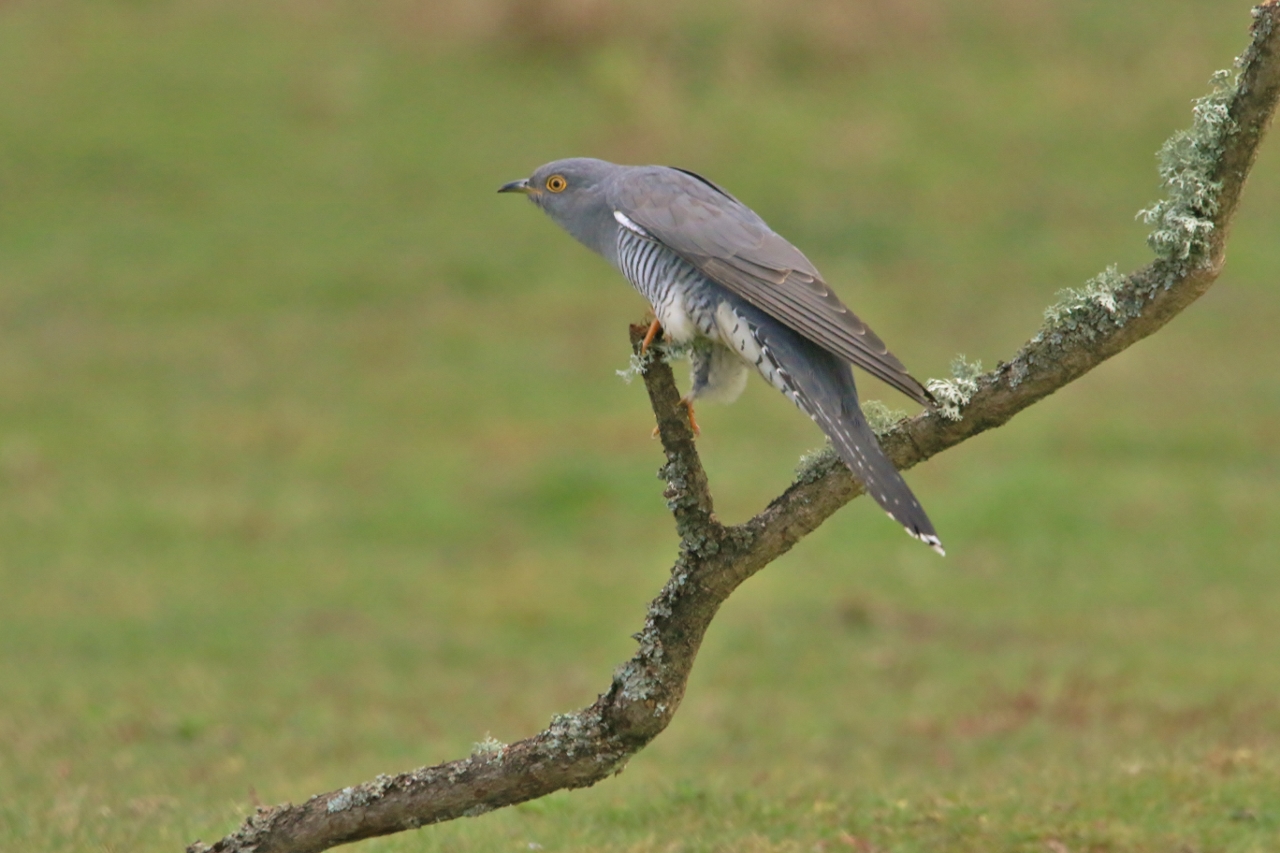
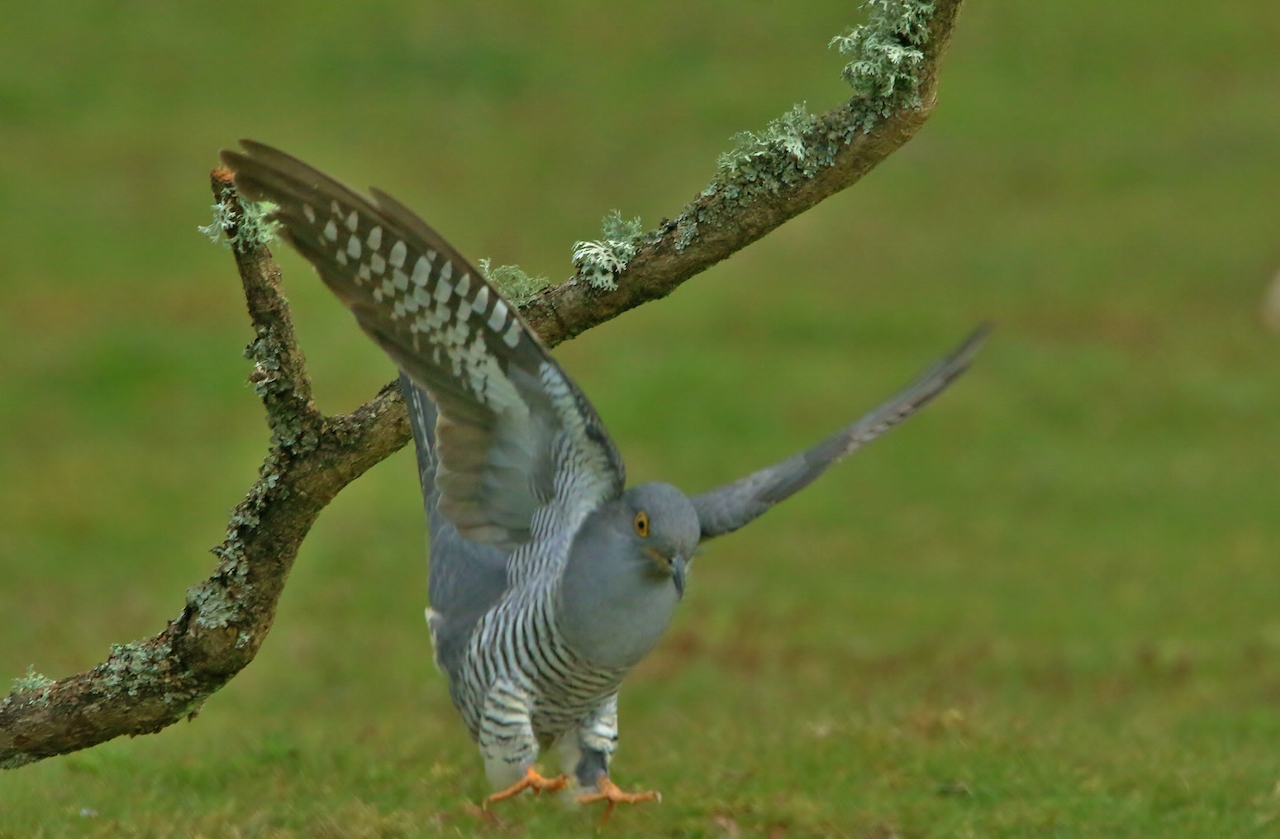
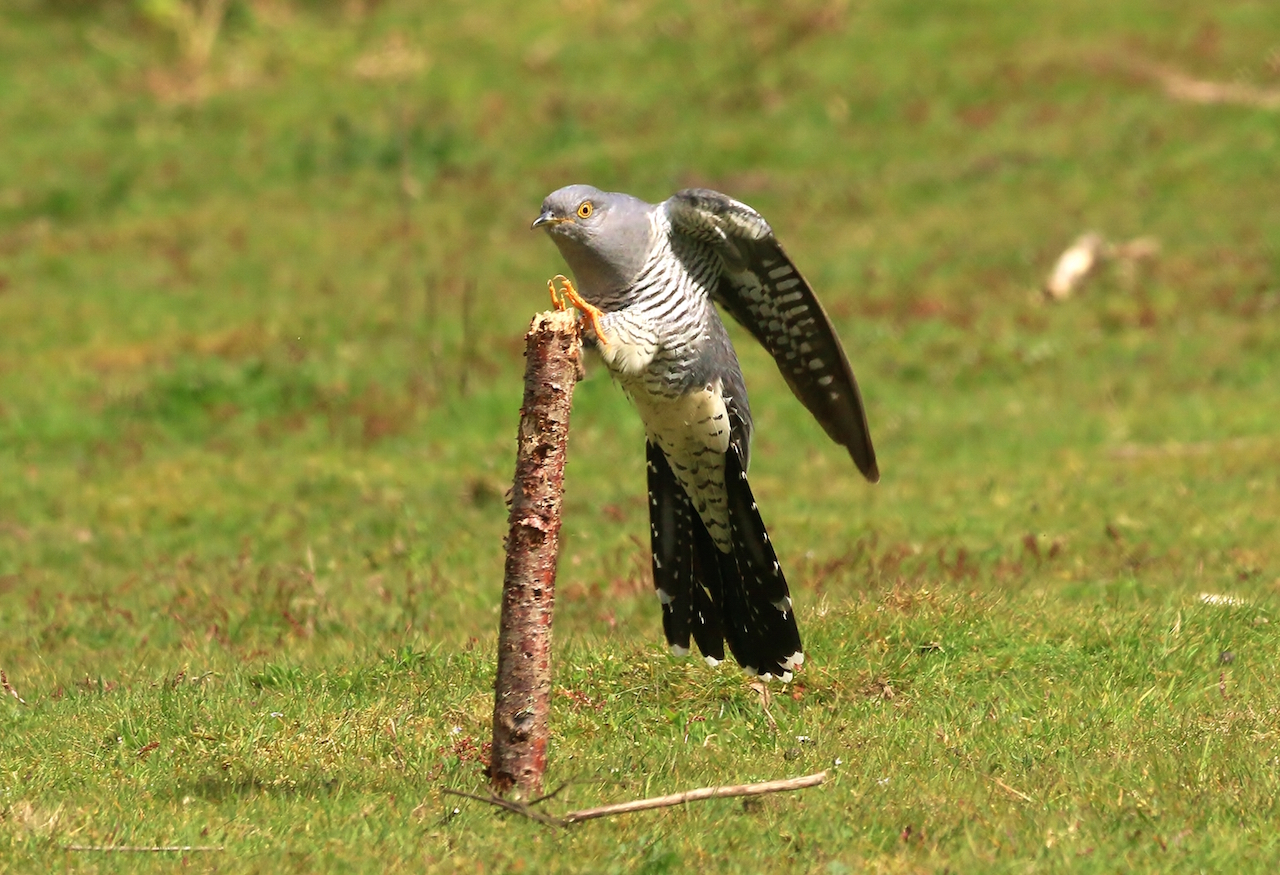
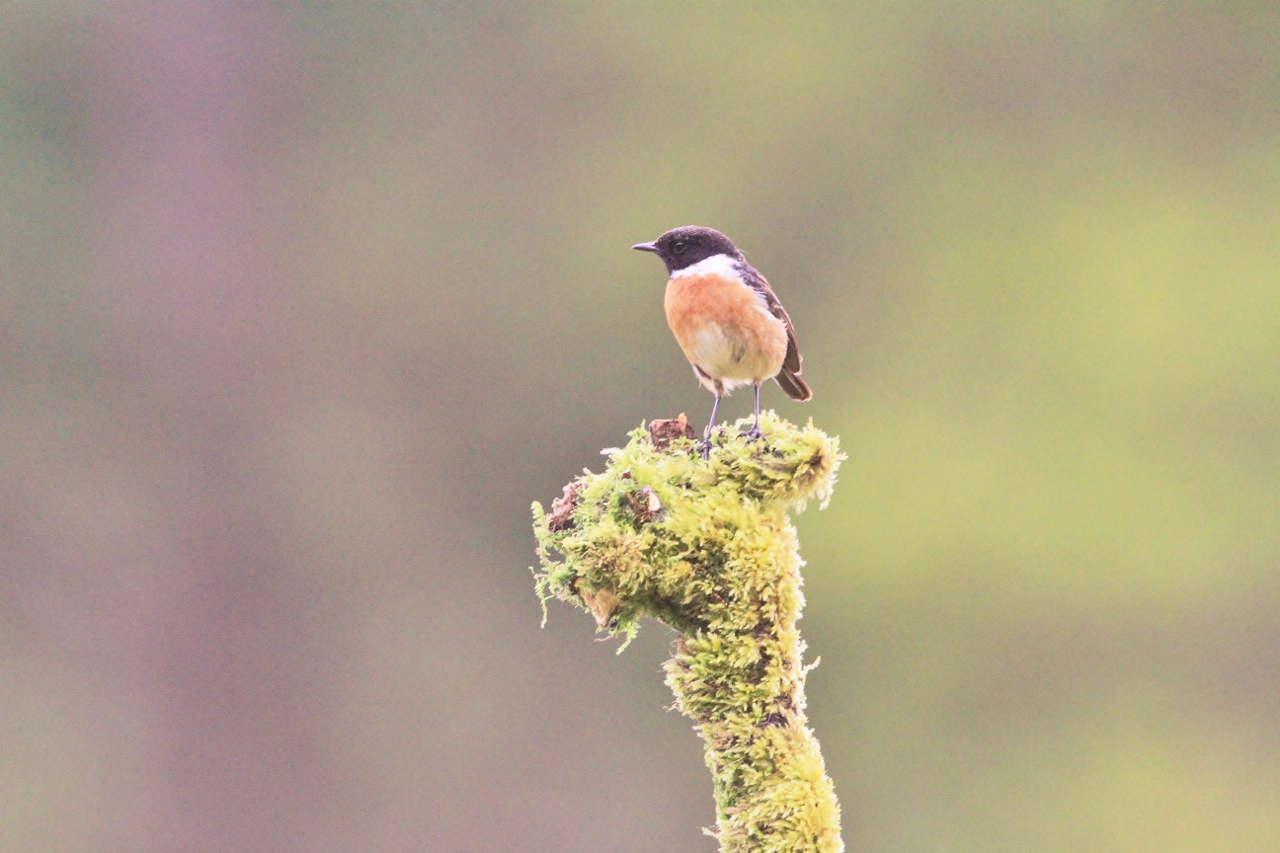
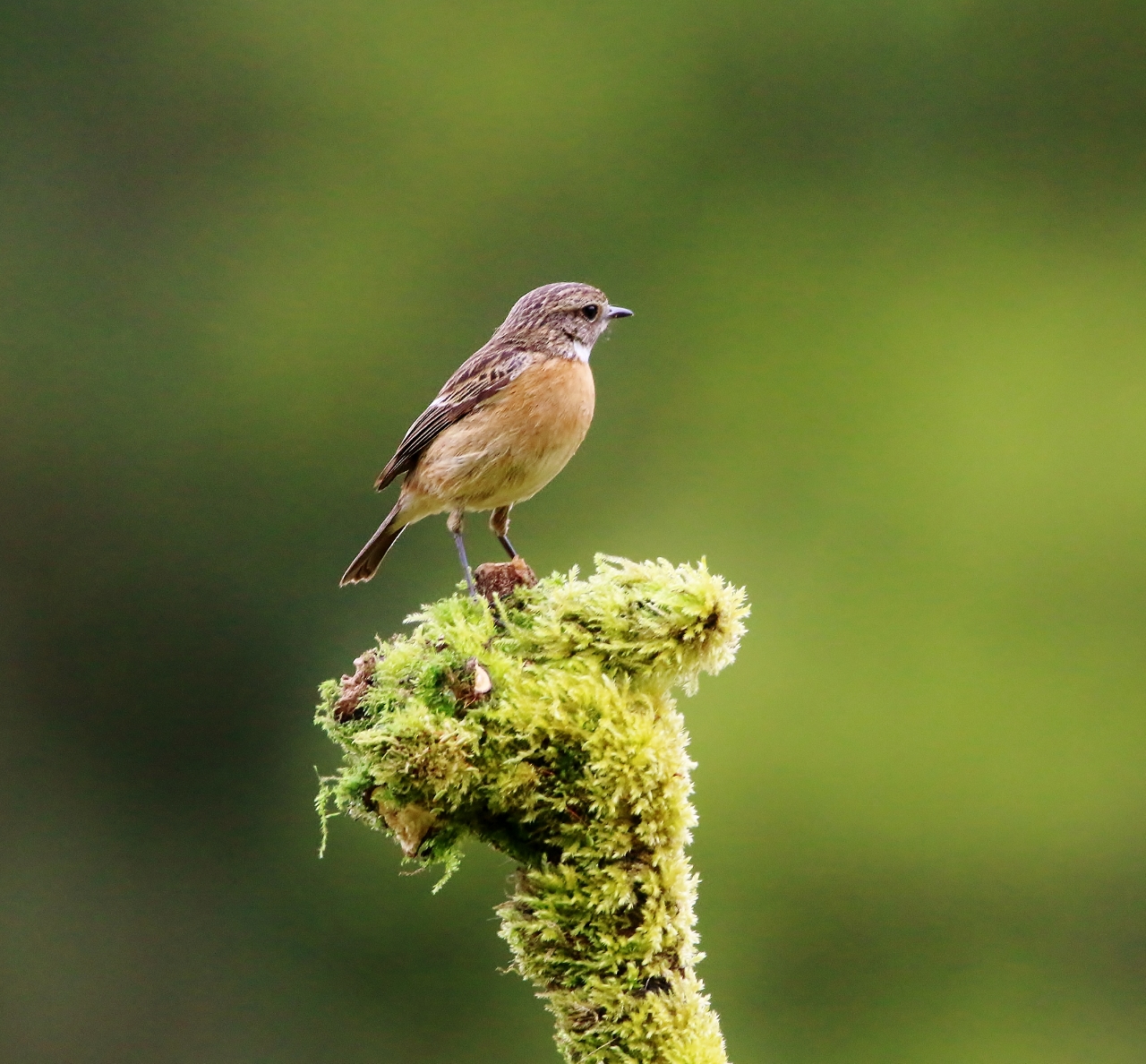
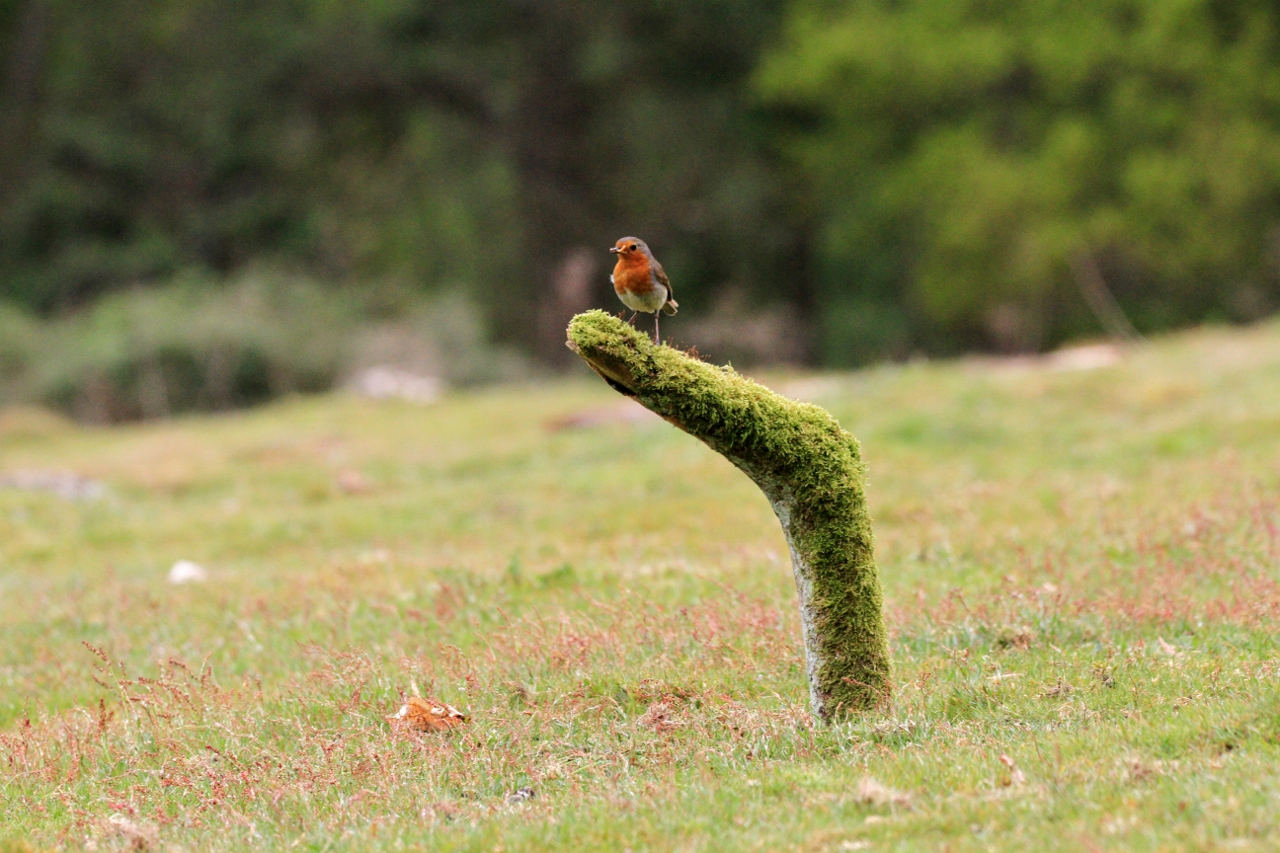
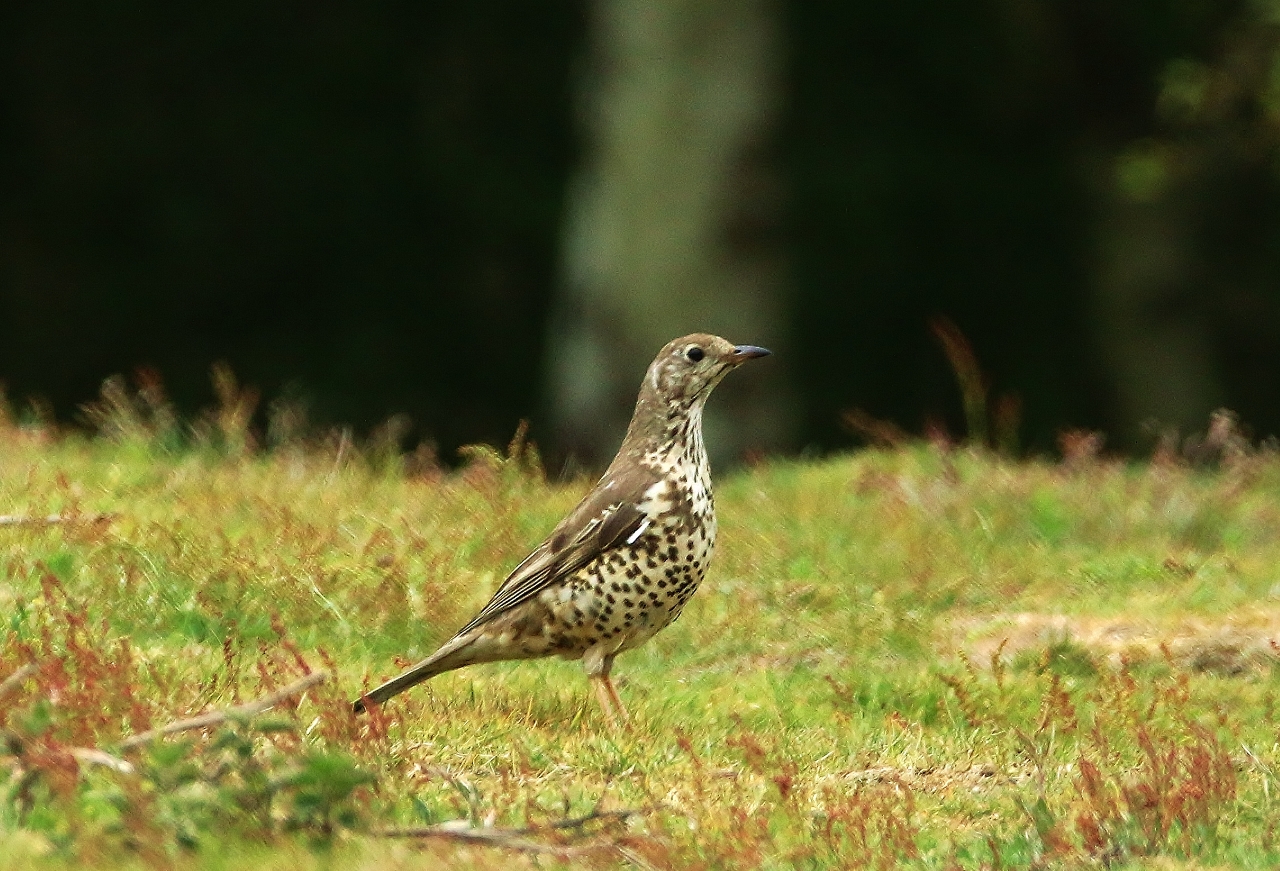
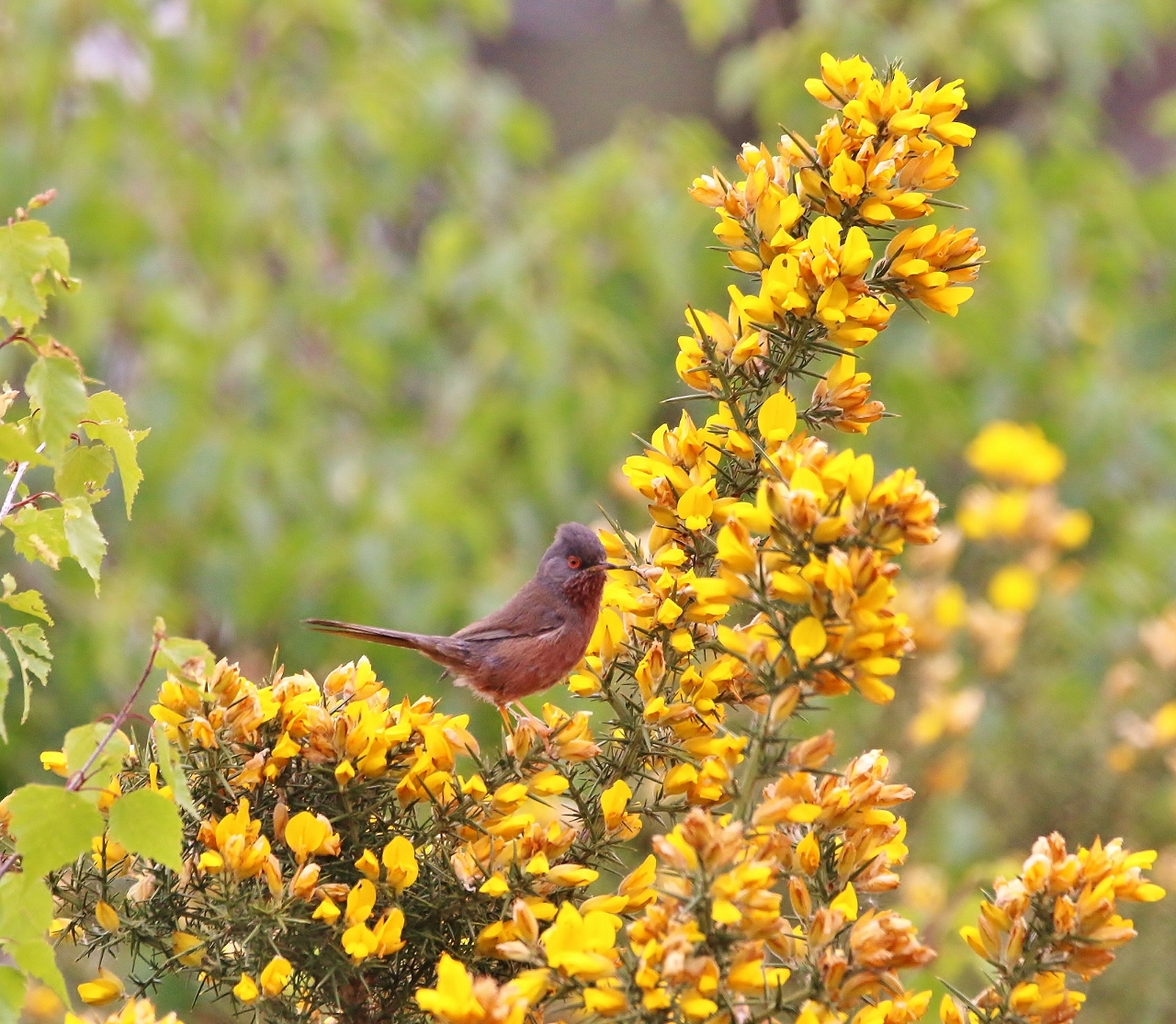
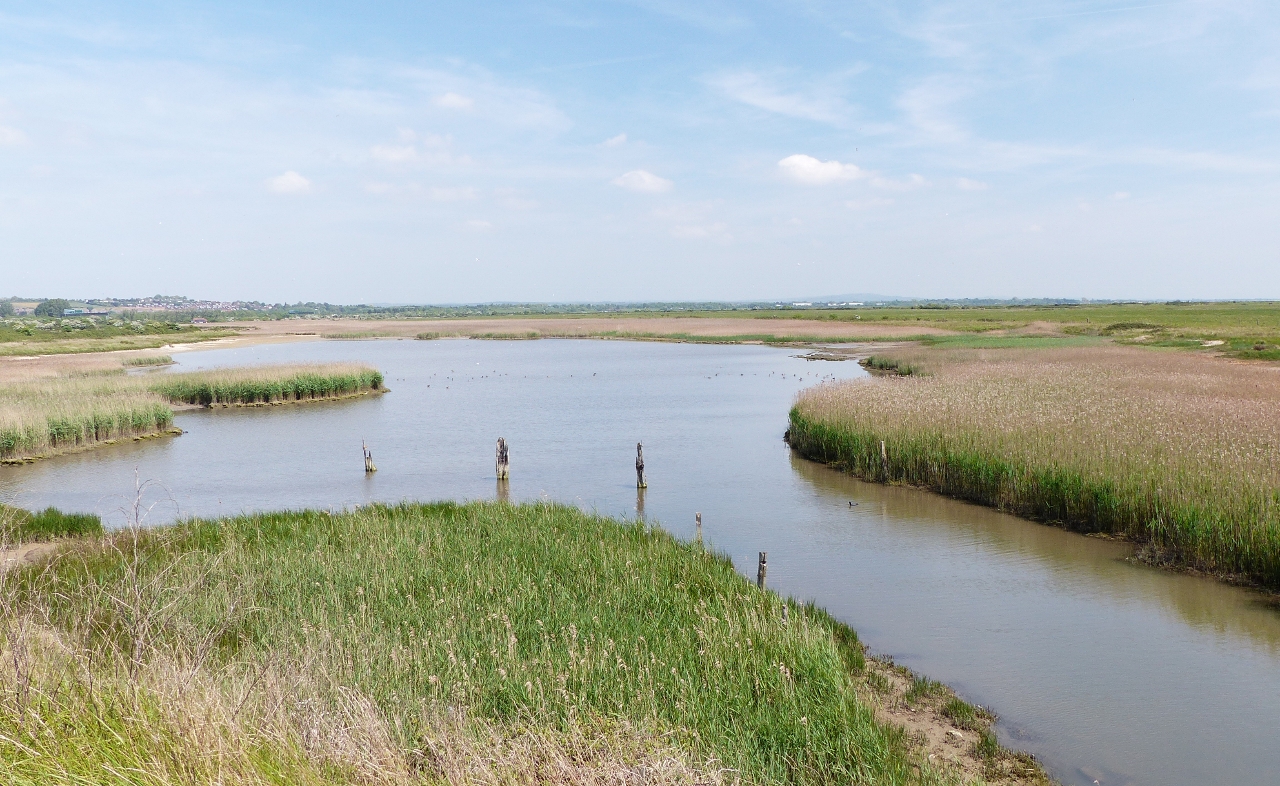


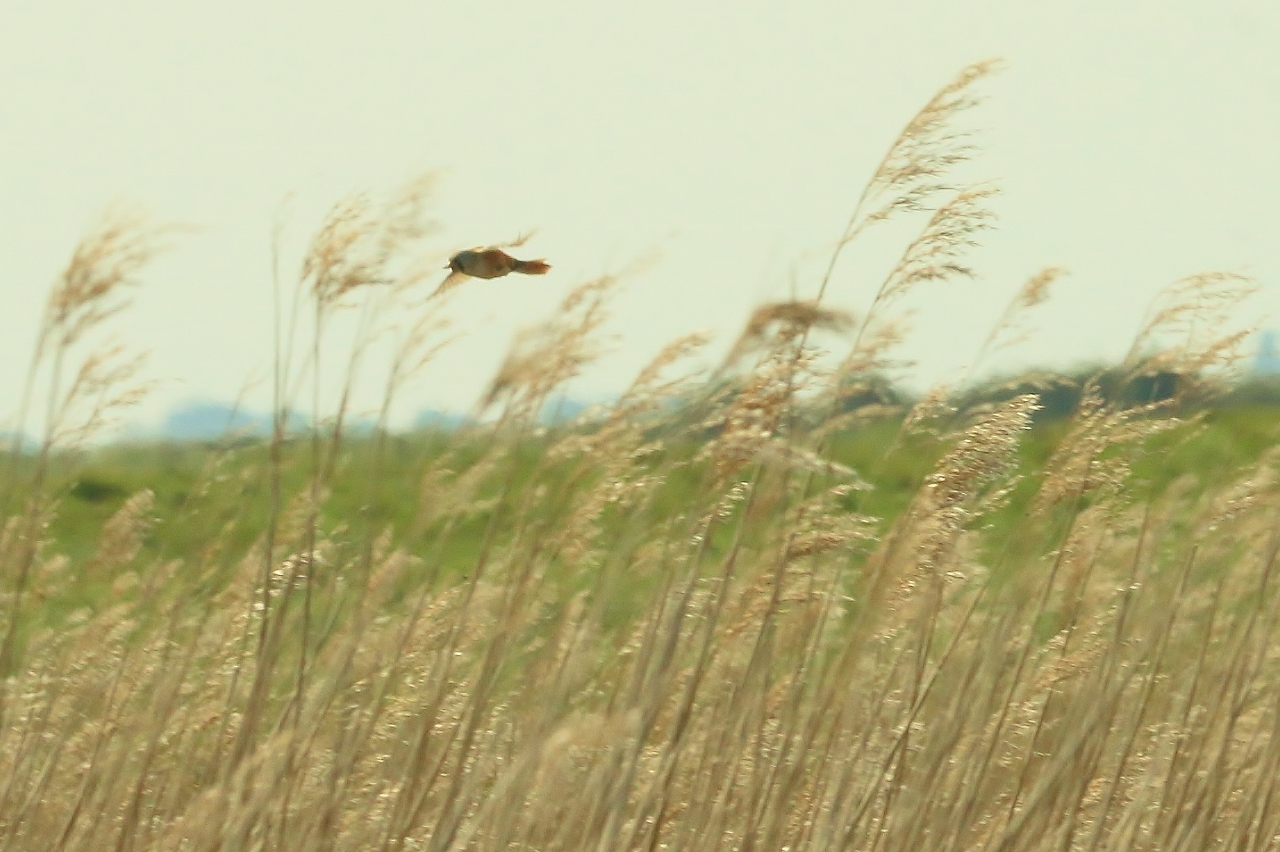
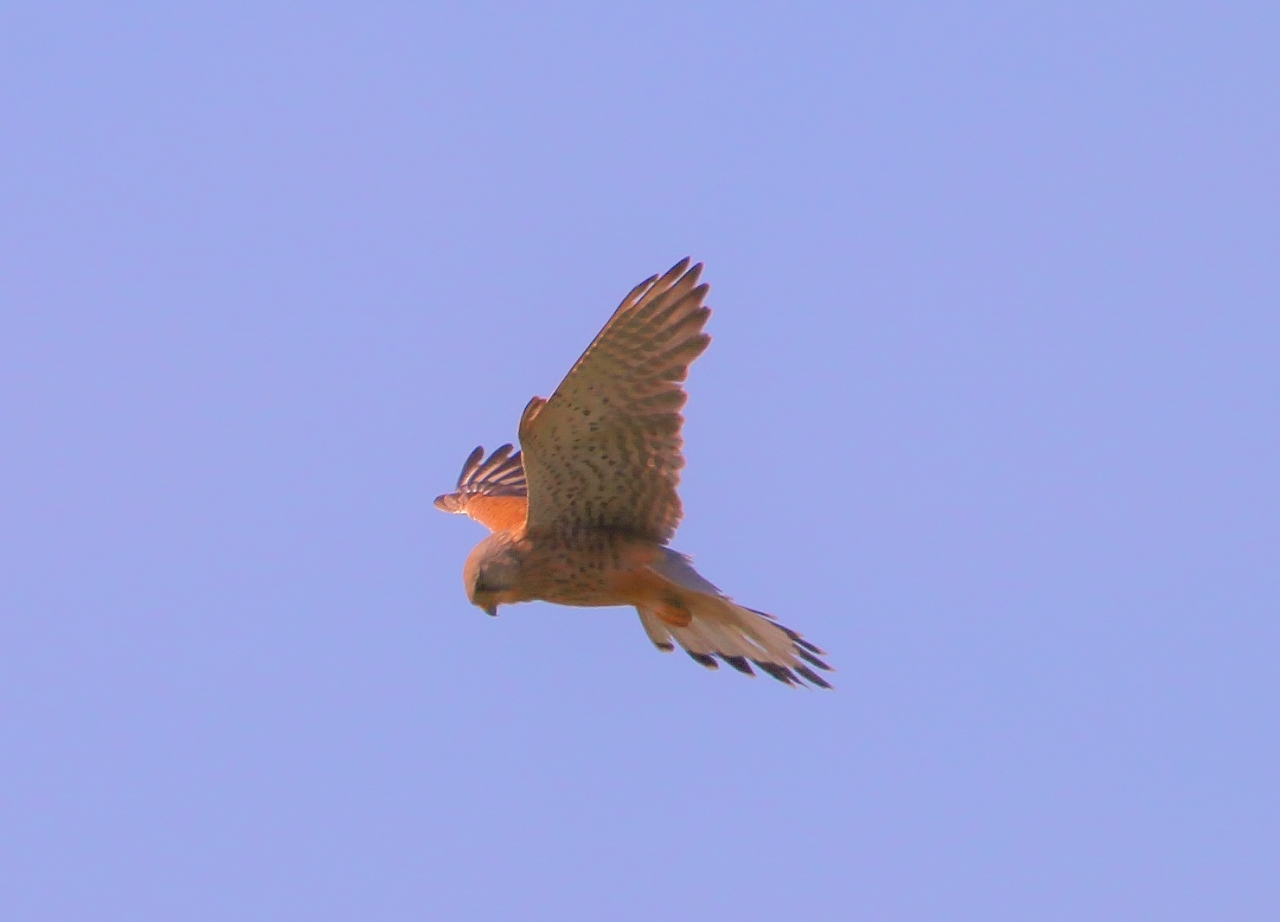
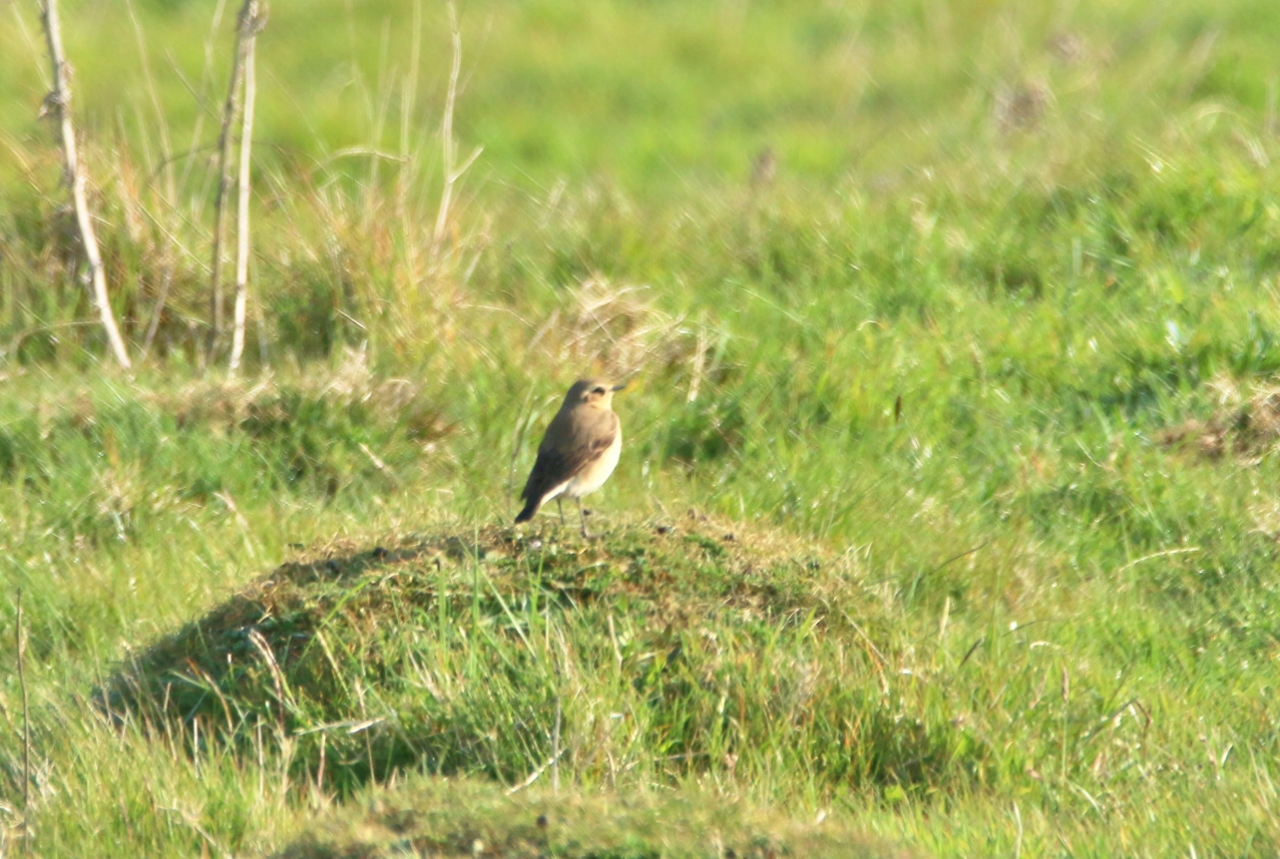

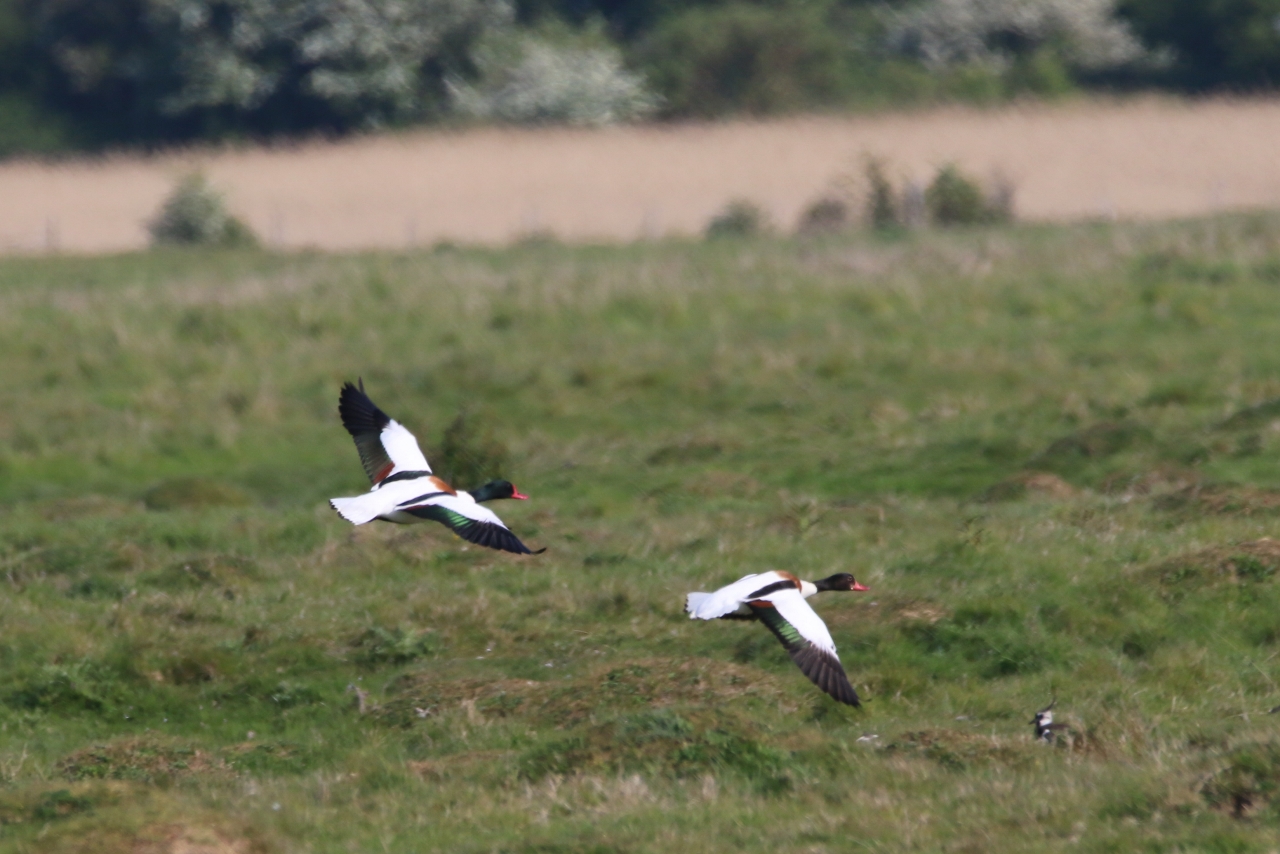
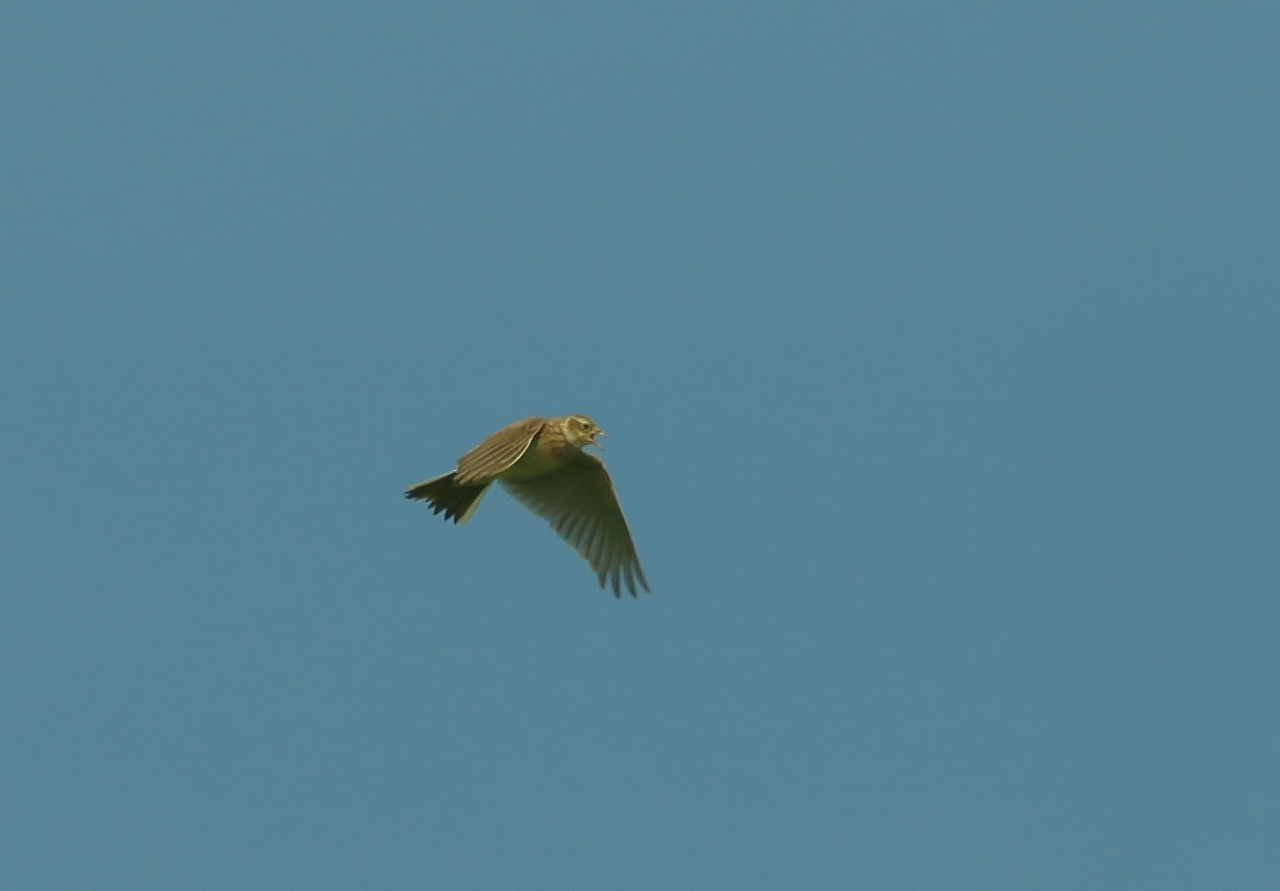
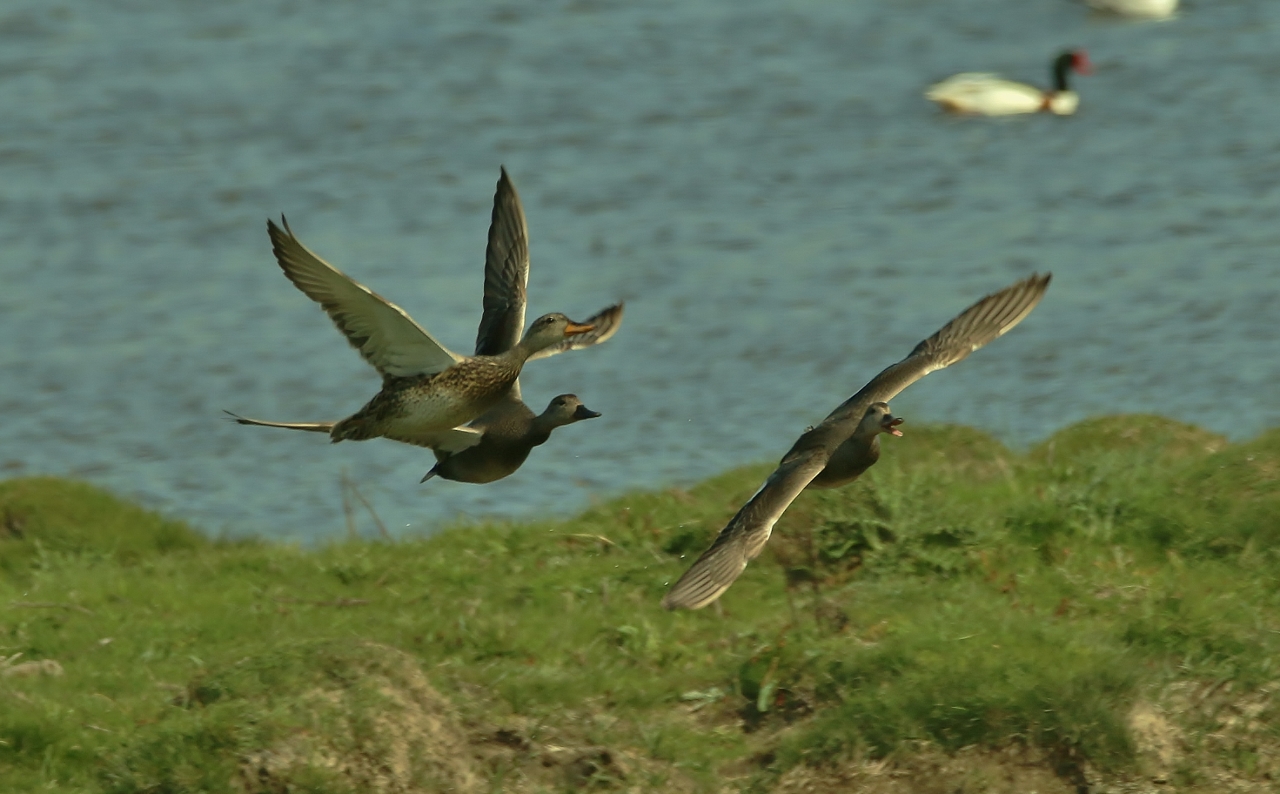
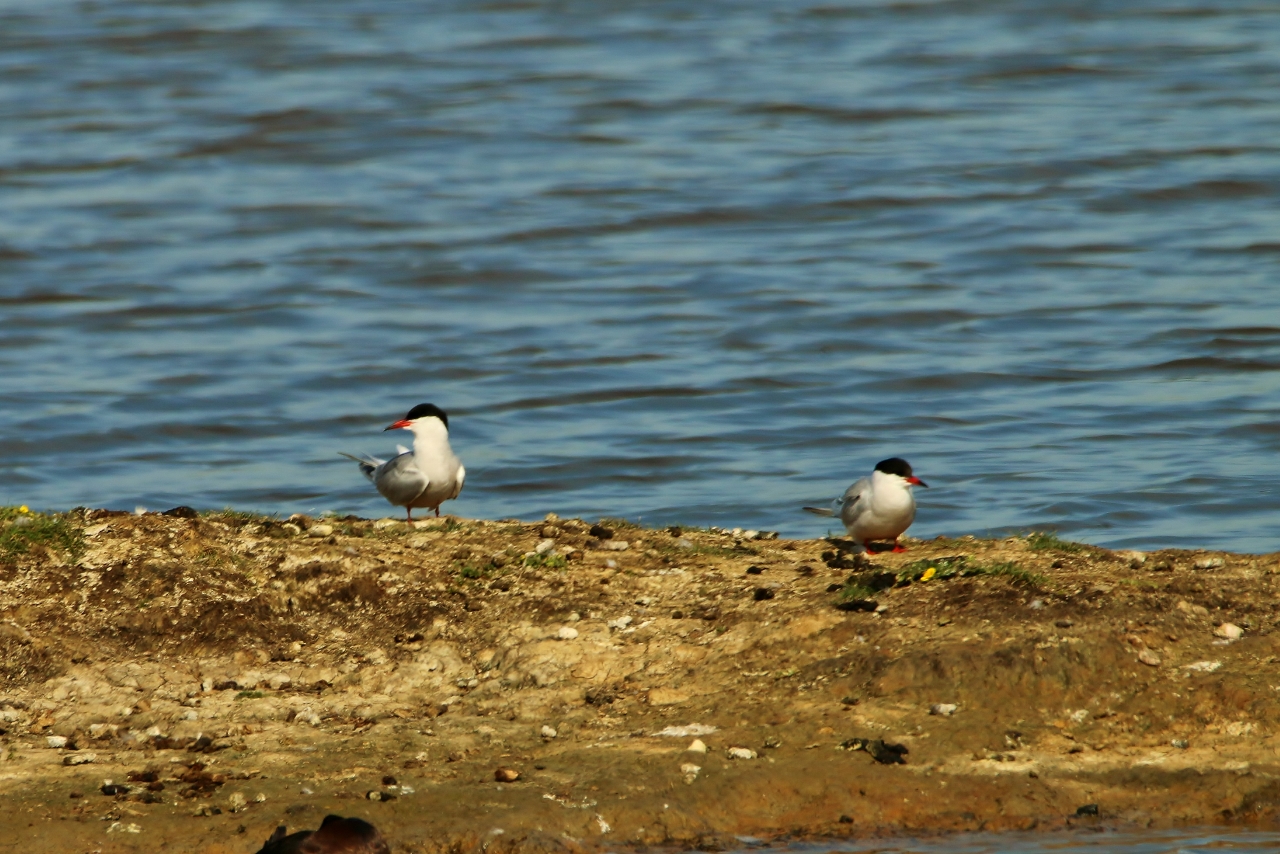
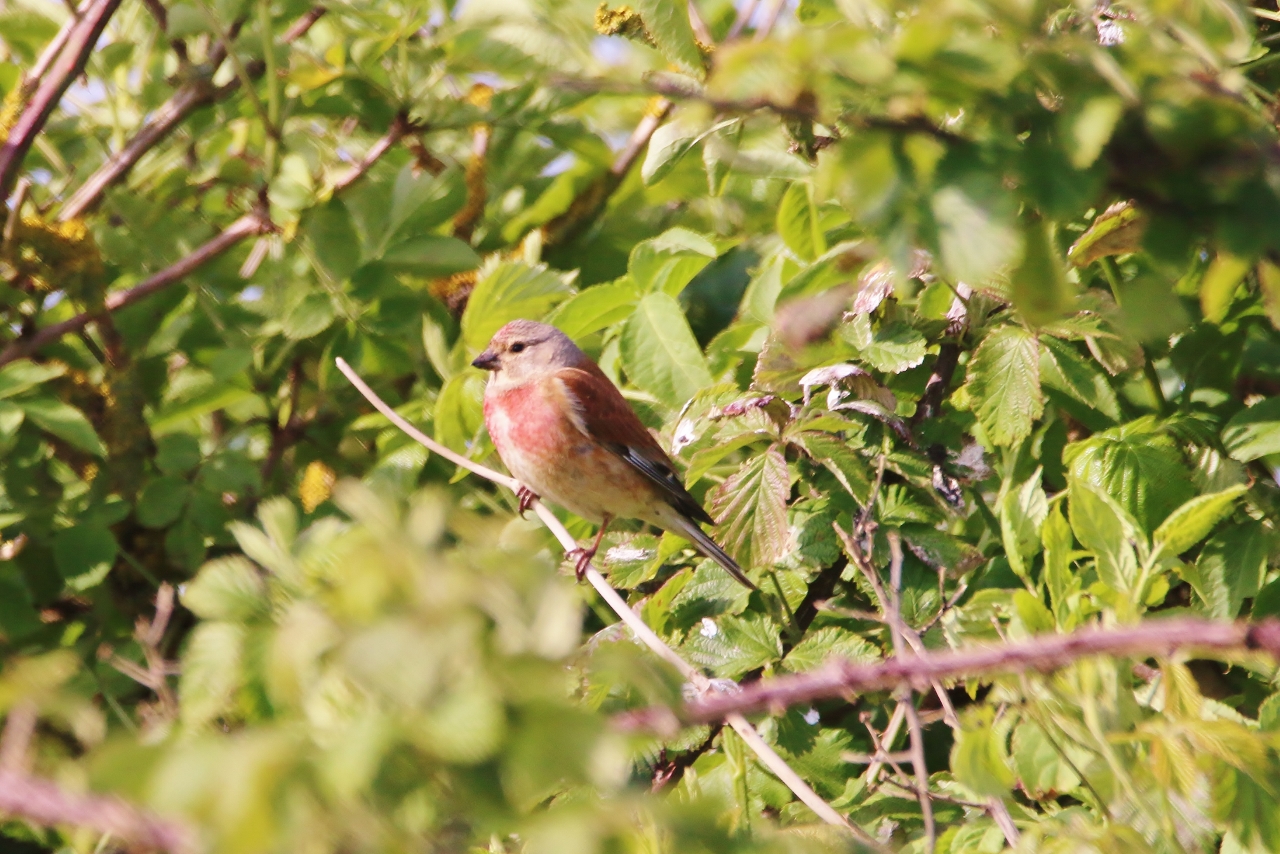
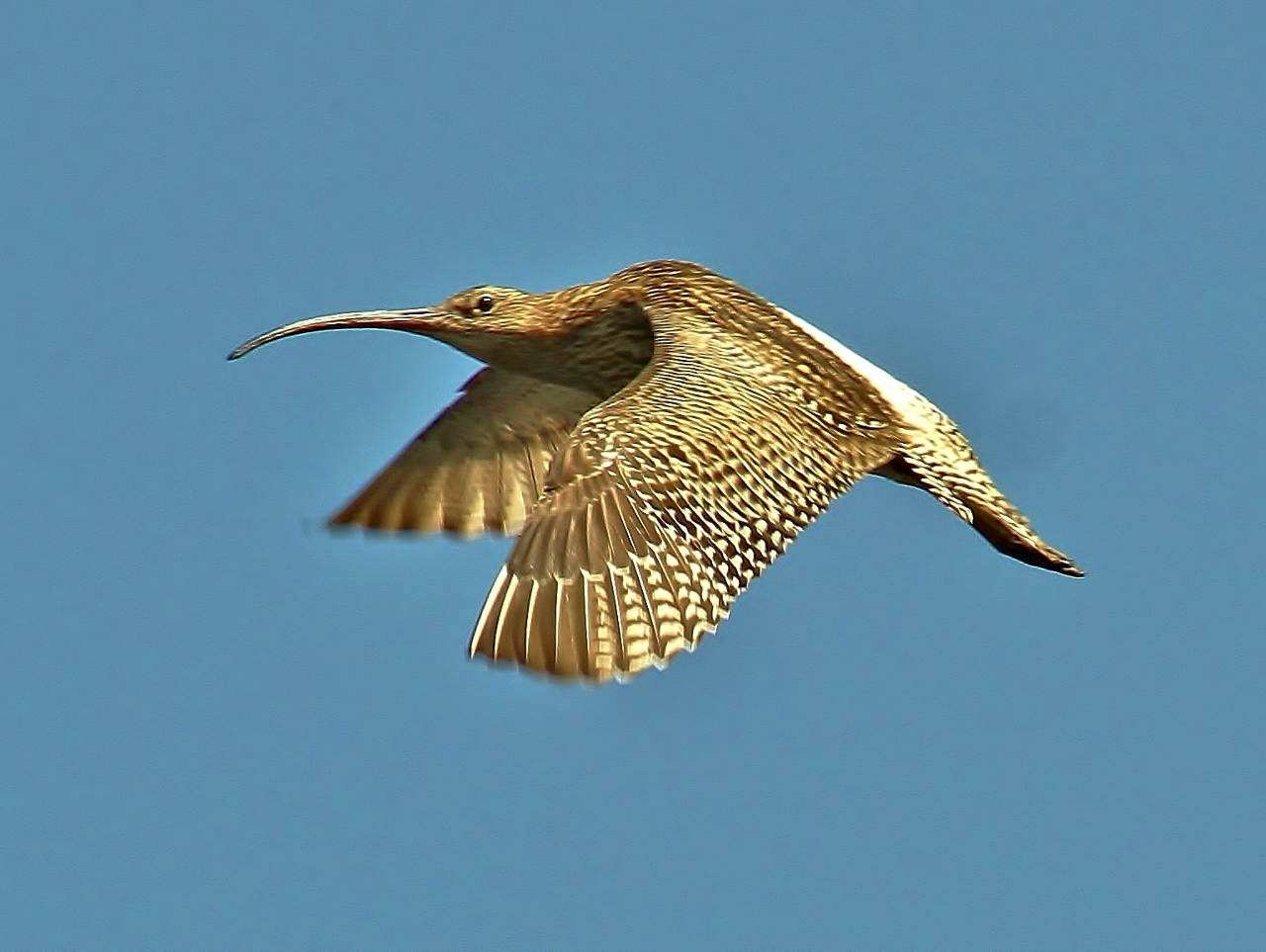

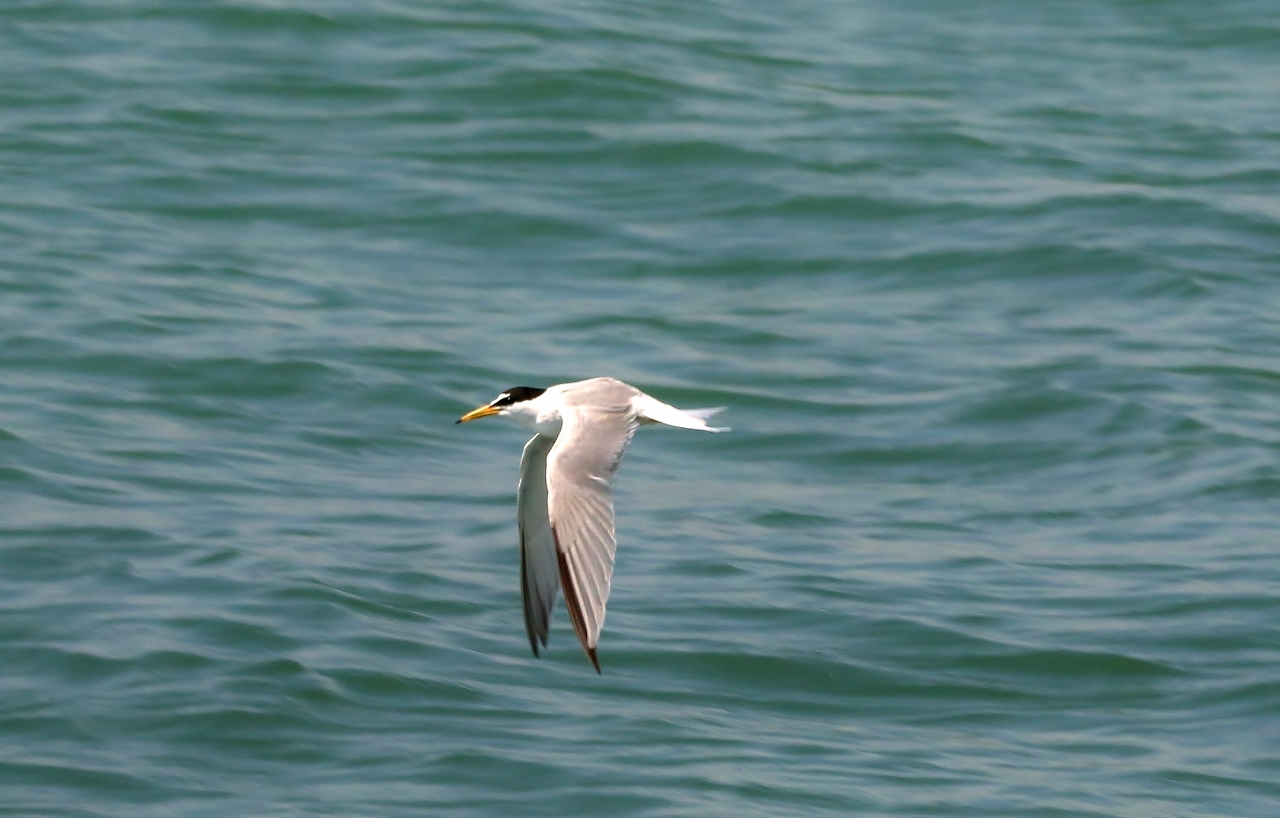
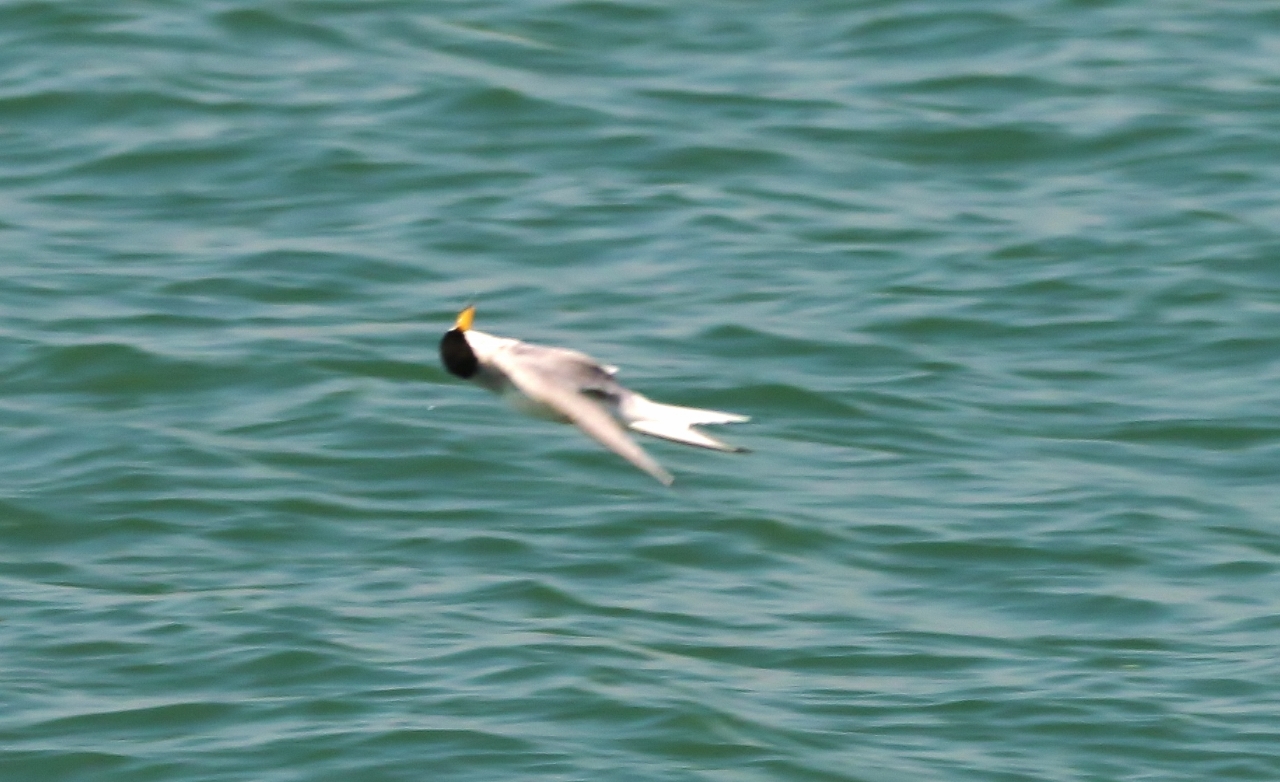
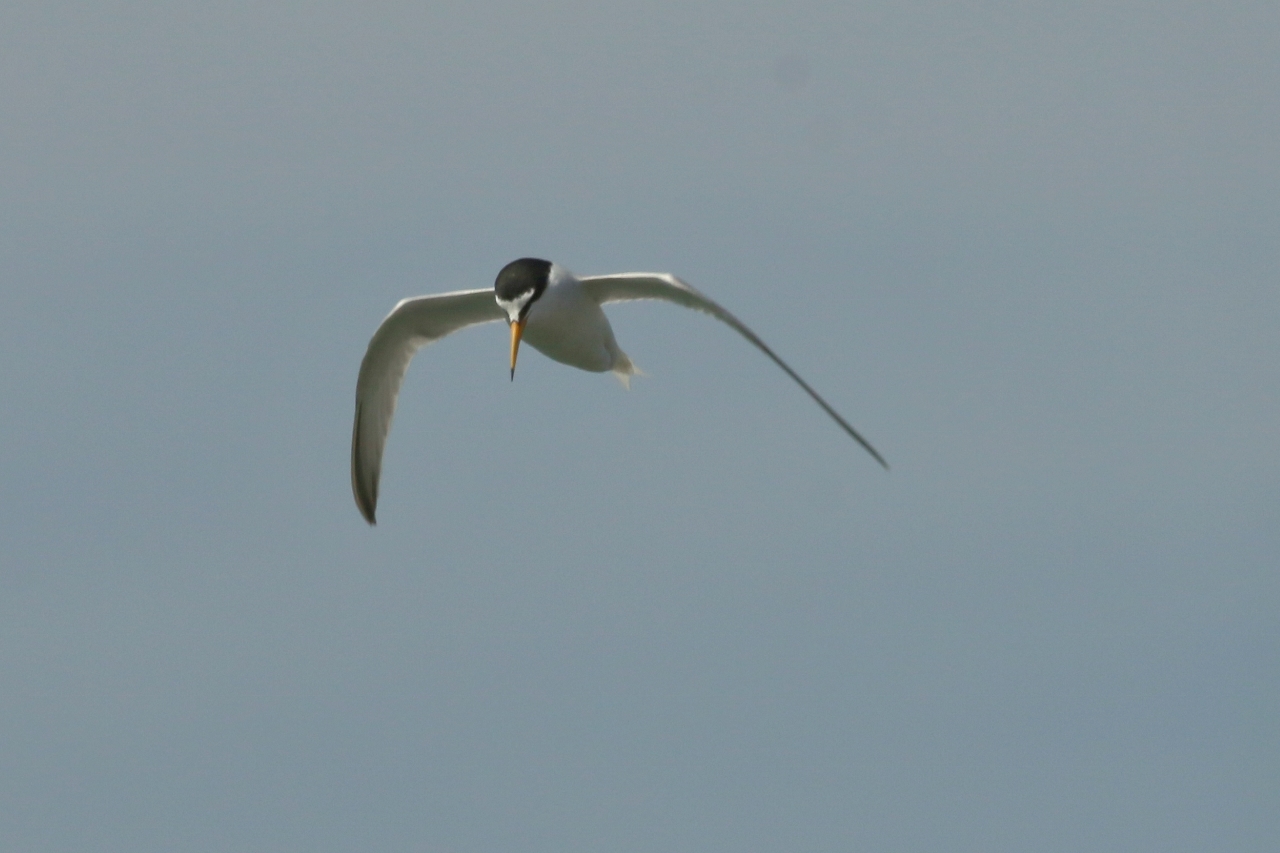
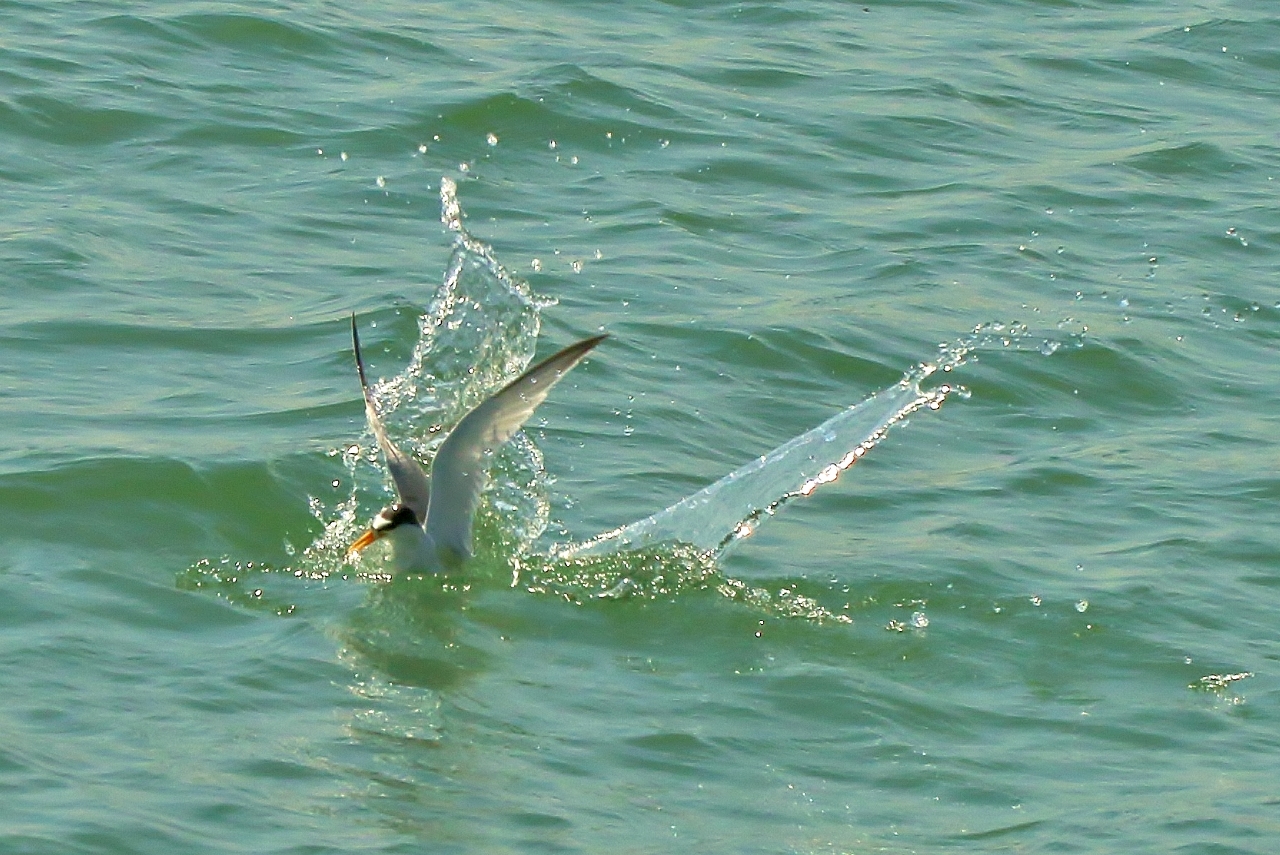
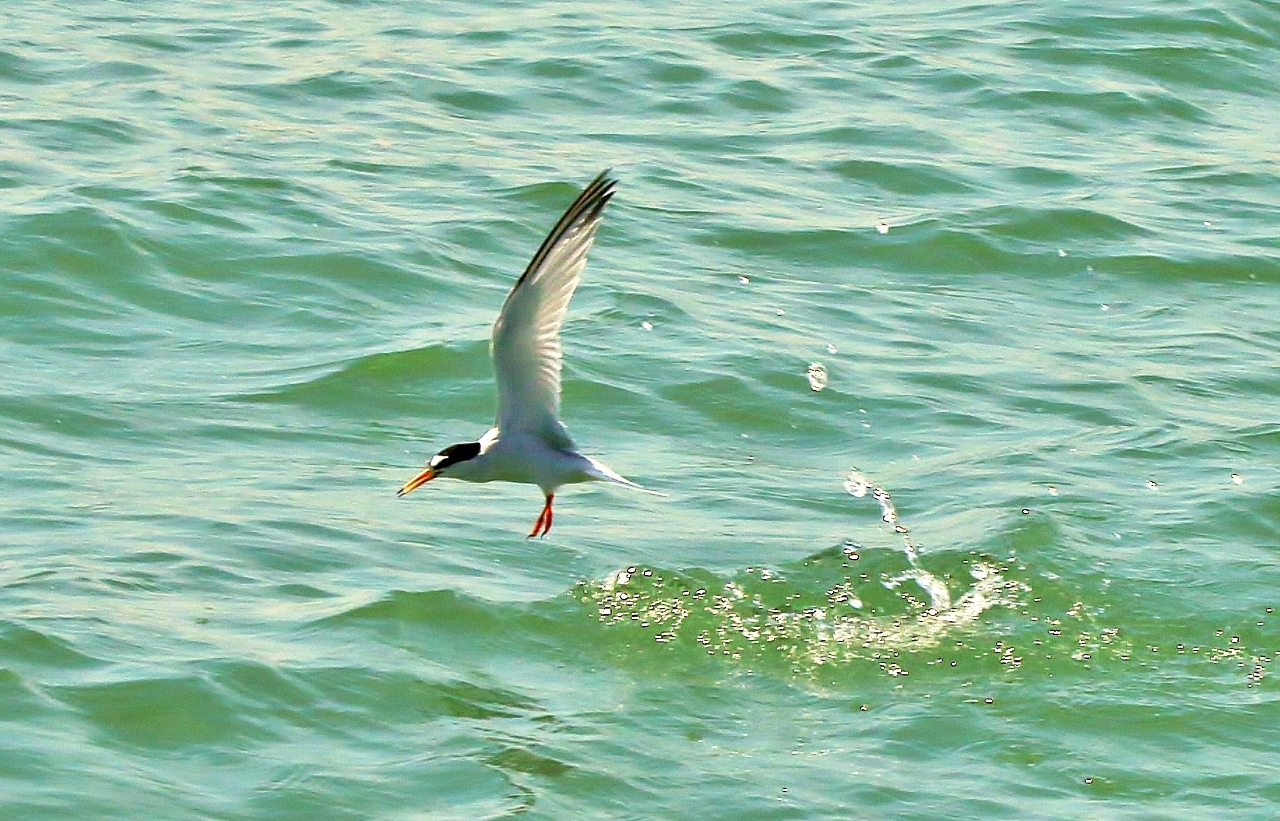






A Tatlow
May 22, 2017 at 10:30 pm
Stunning – thank you.